-
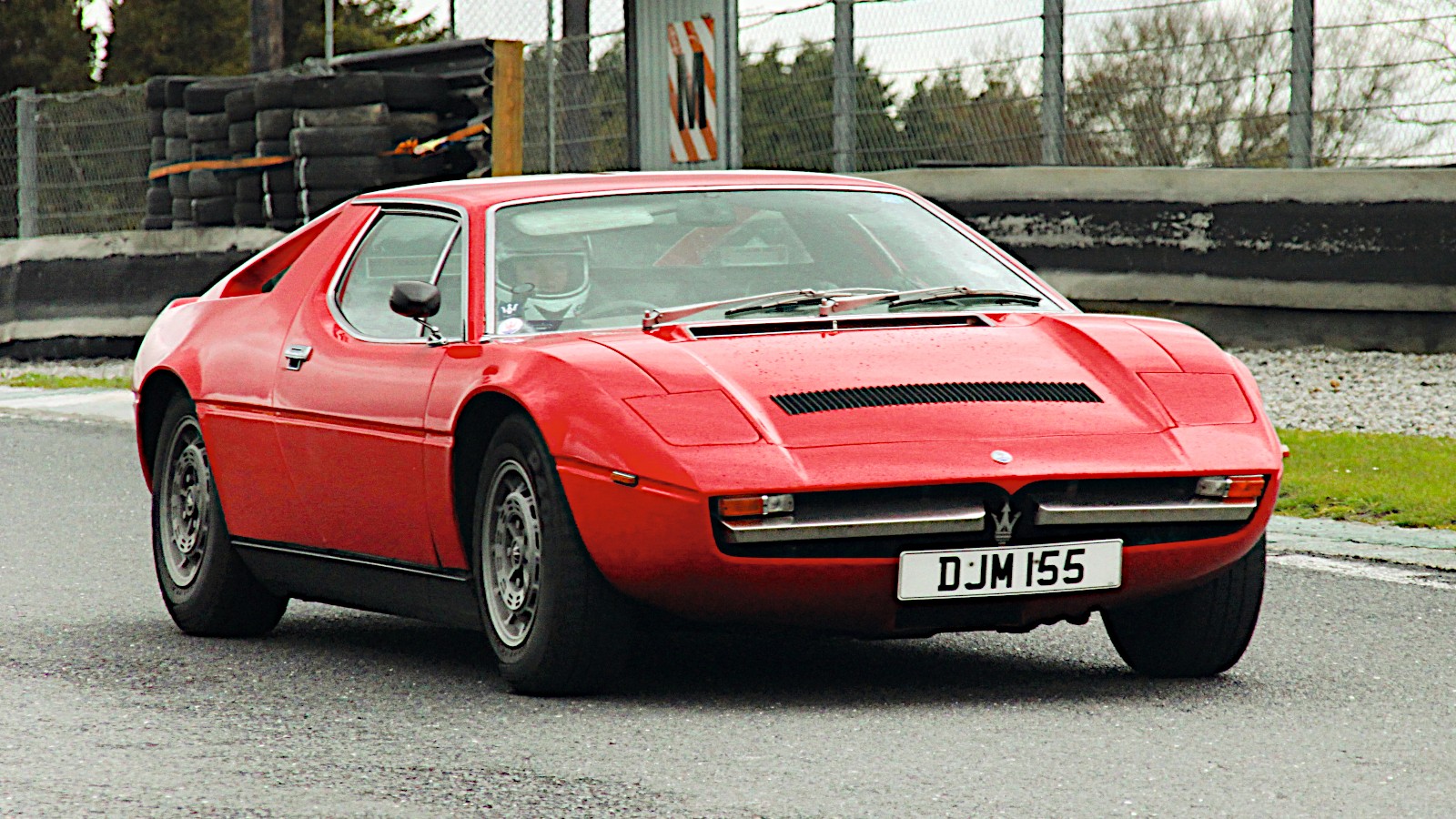 © Classic & Sports Car
© Classic & Sports Car -
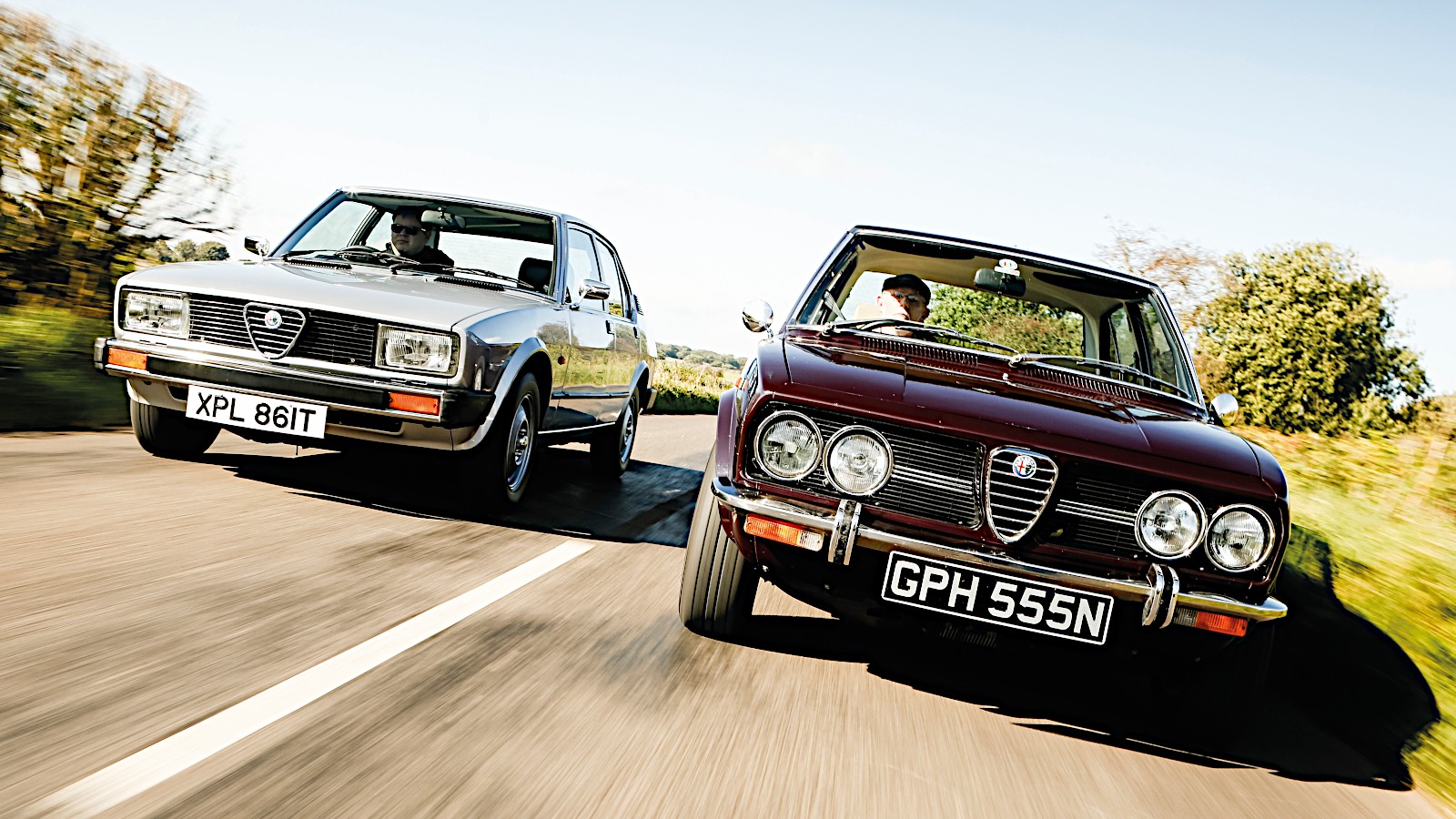 © Tony Baker/Classic & Sports Car
© Tony Baker/Classic & Sports Car -
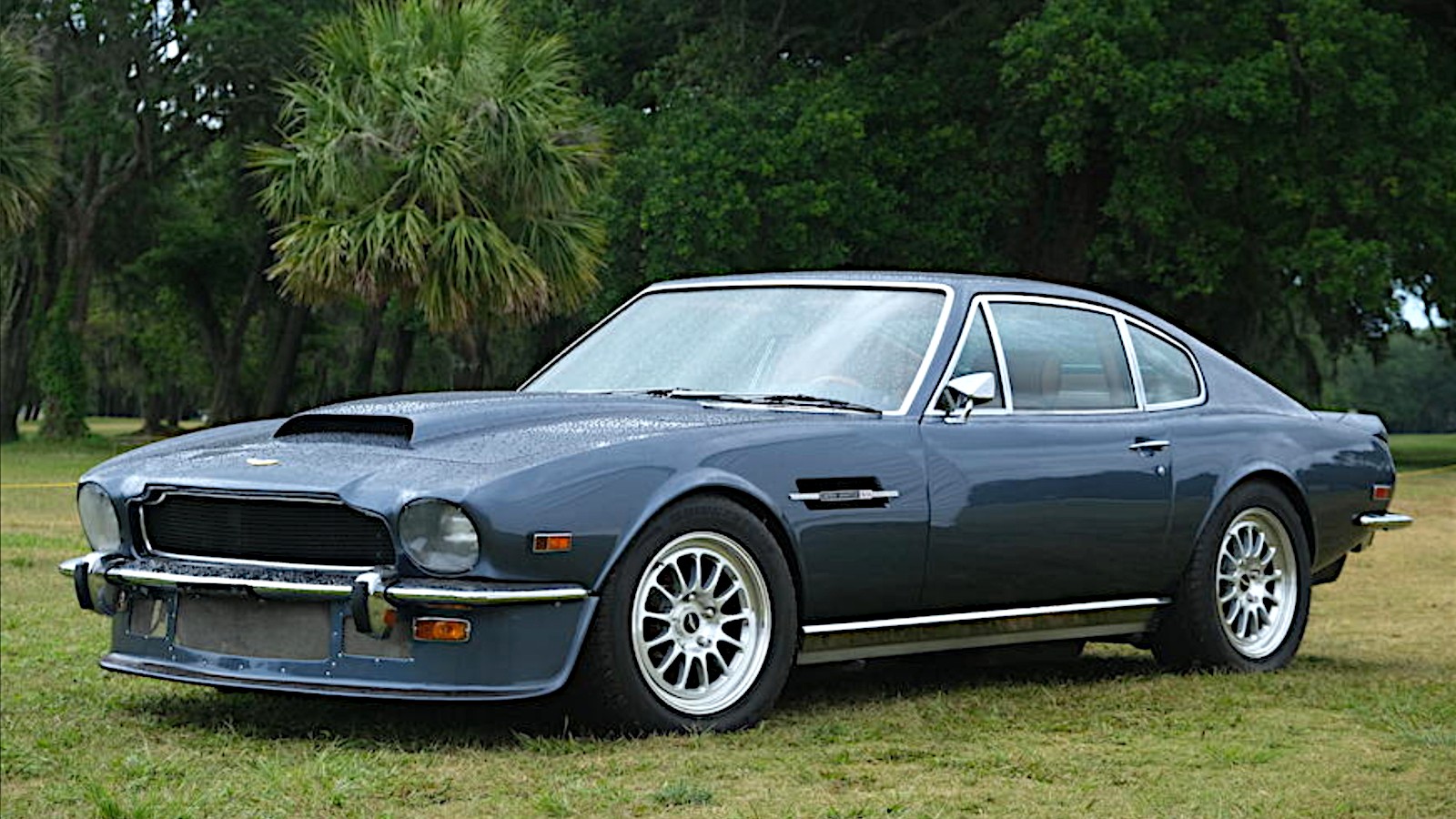 © Bonhams
© Bonhams -
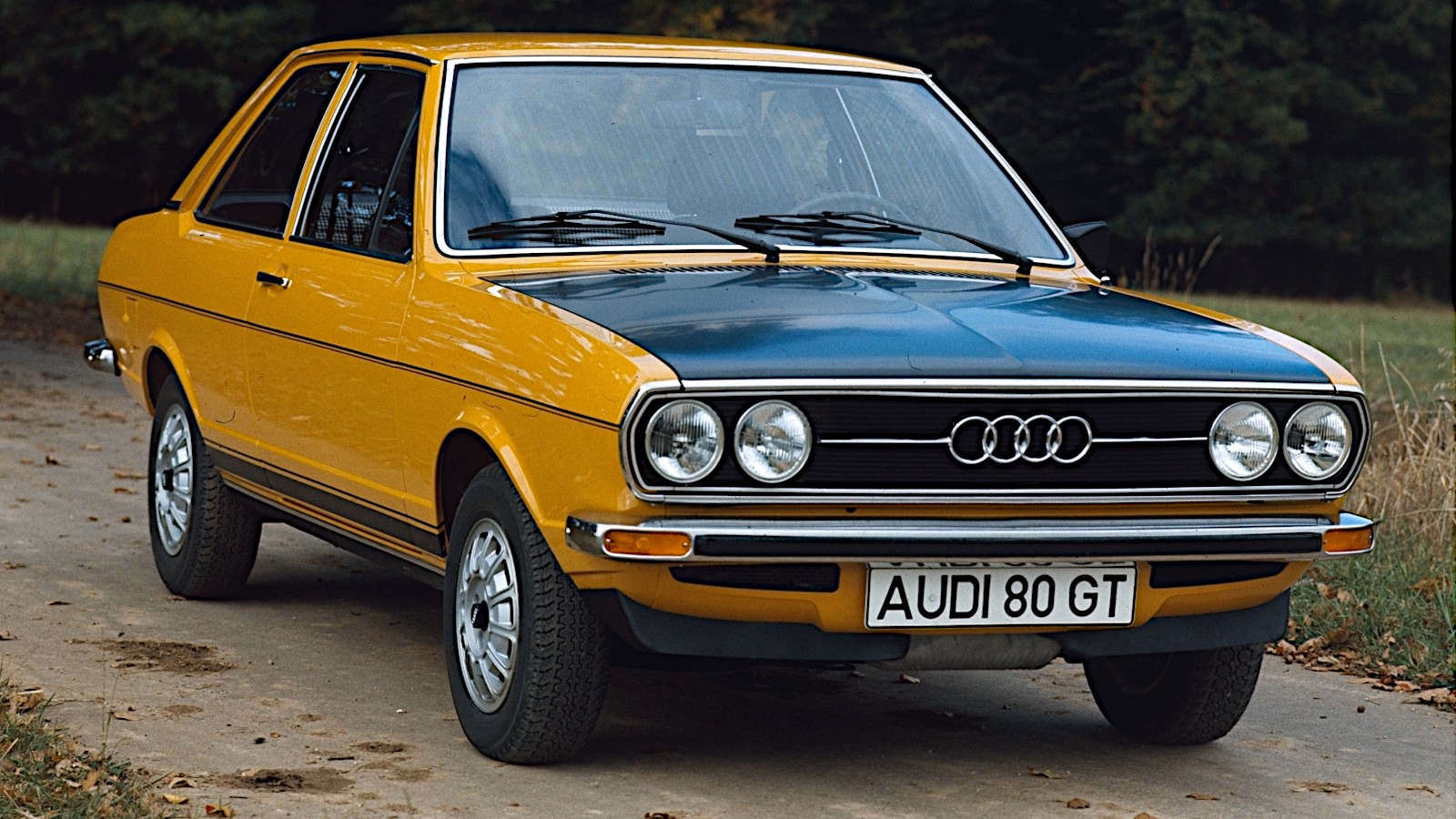 © Audi
© Audi -
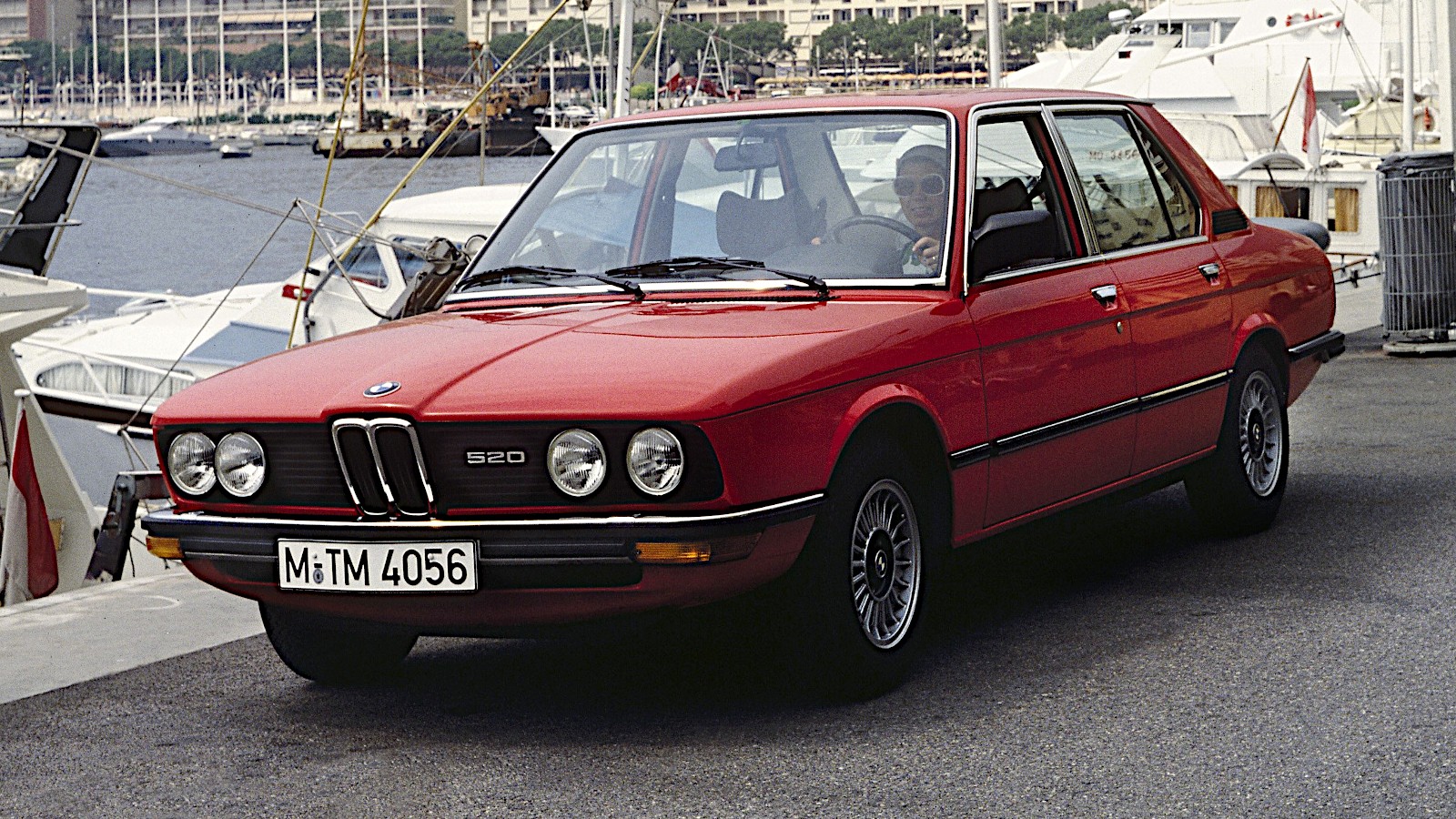 © BMW
© BMW -
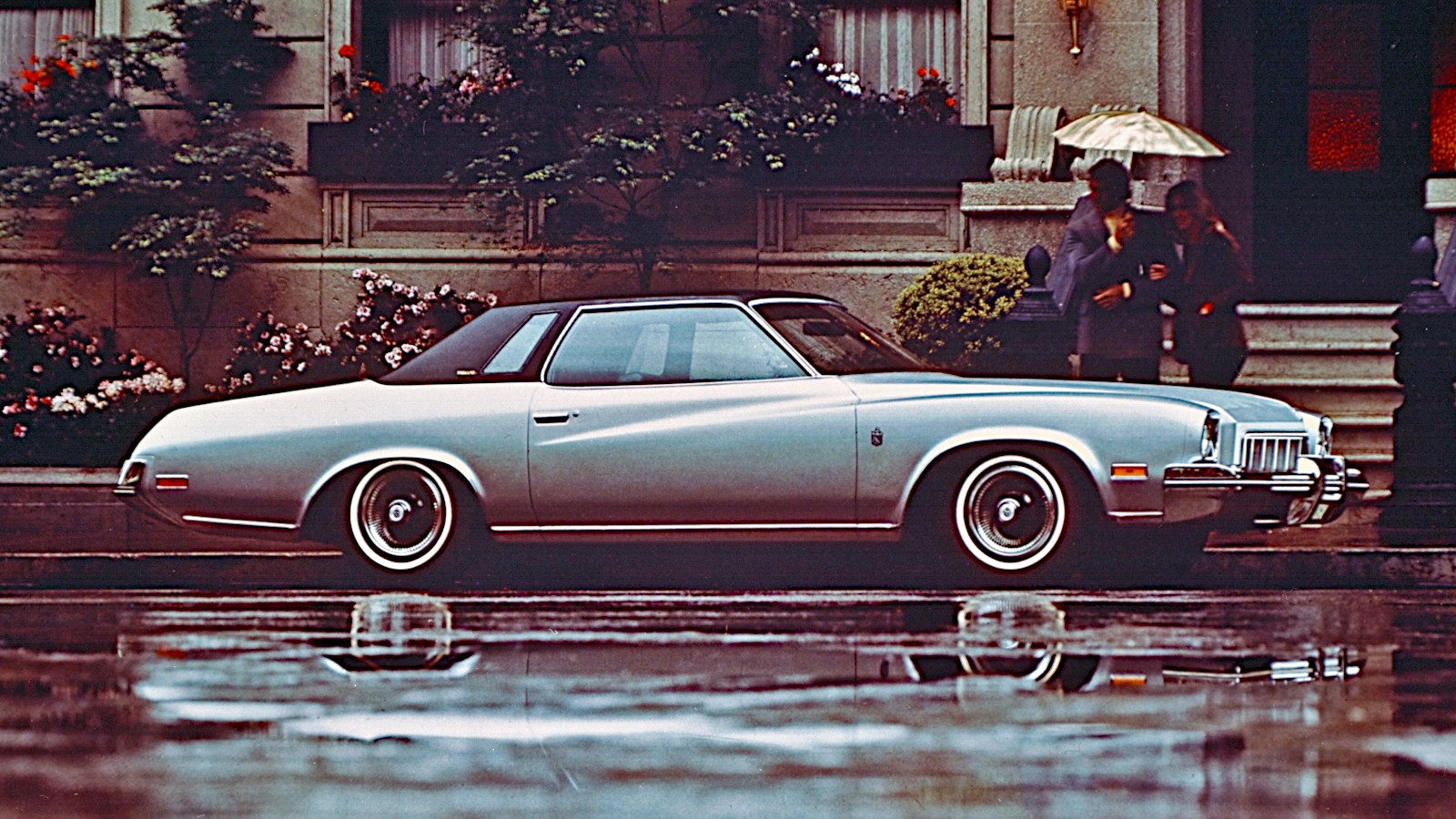 © GM
© GM -
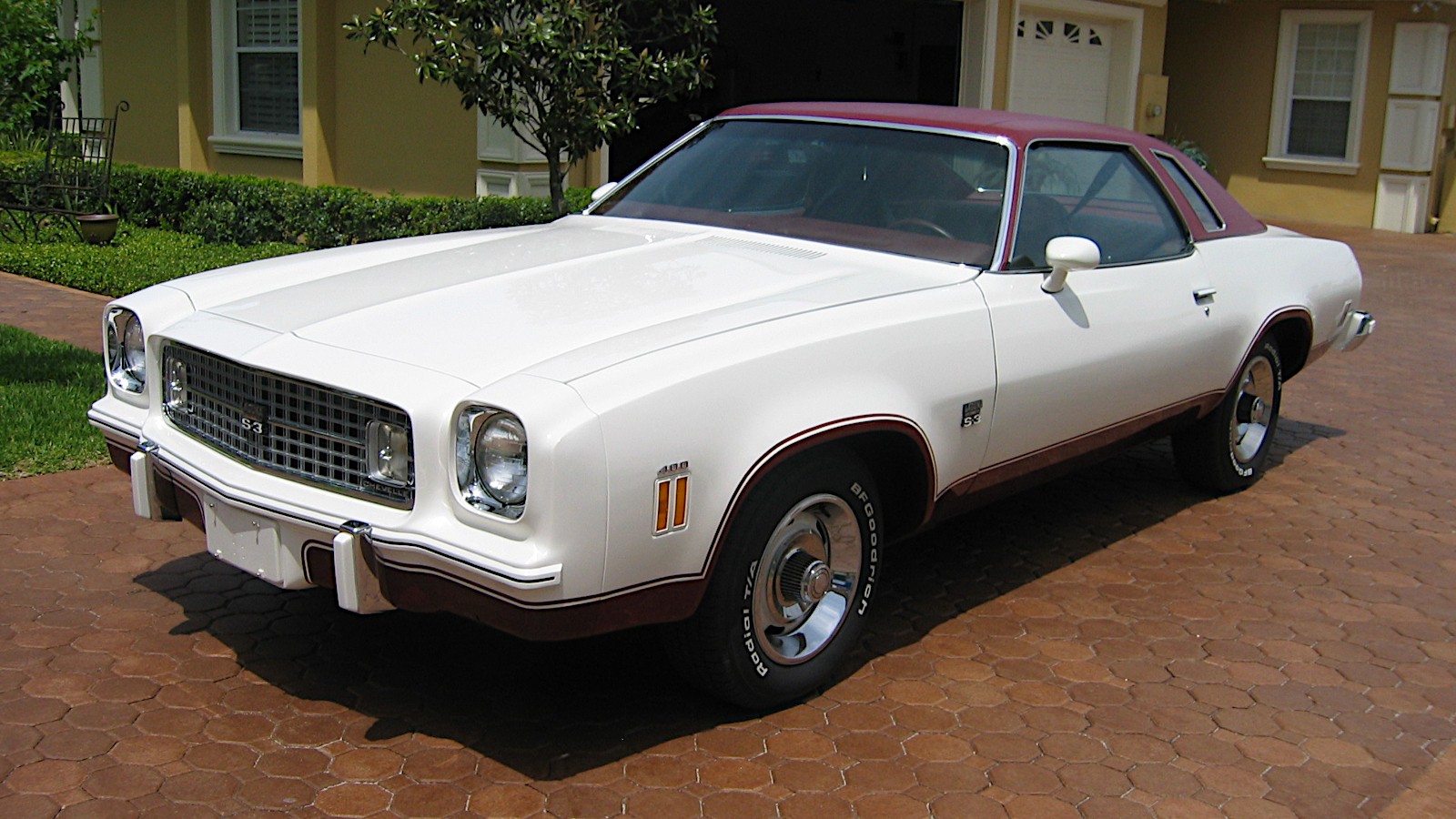 © Simon M Canasi/Creative Commons https://creativecommons.org/licenses/by-sa/3.0/legalcode
© Simon M Canasi/Creative Commons https://creativecommons.org/licenses/by-sa/3.0/legalcode -
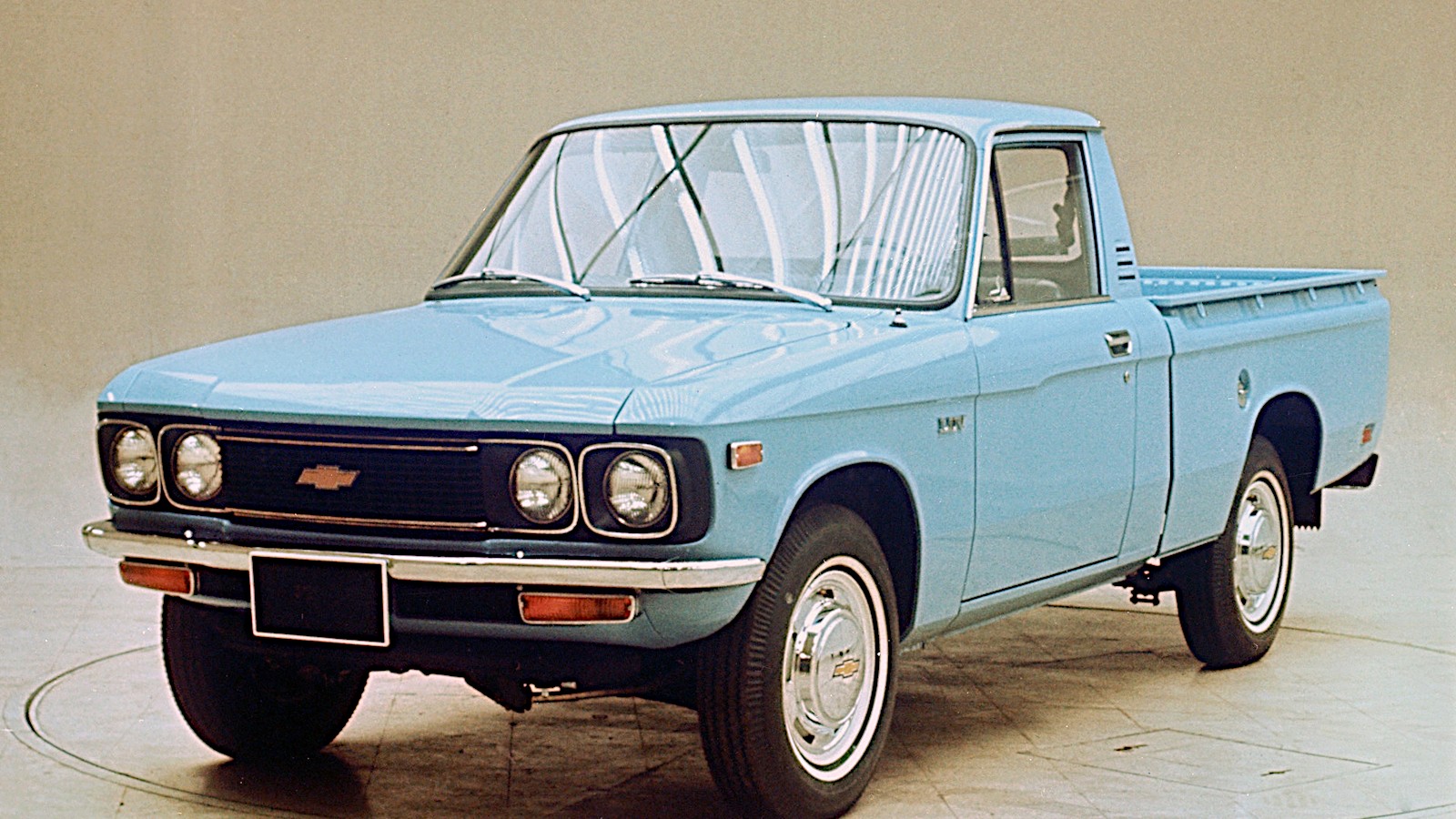 © GM
© GM -
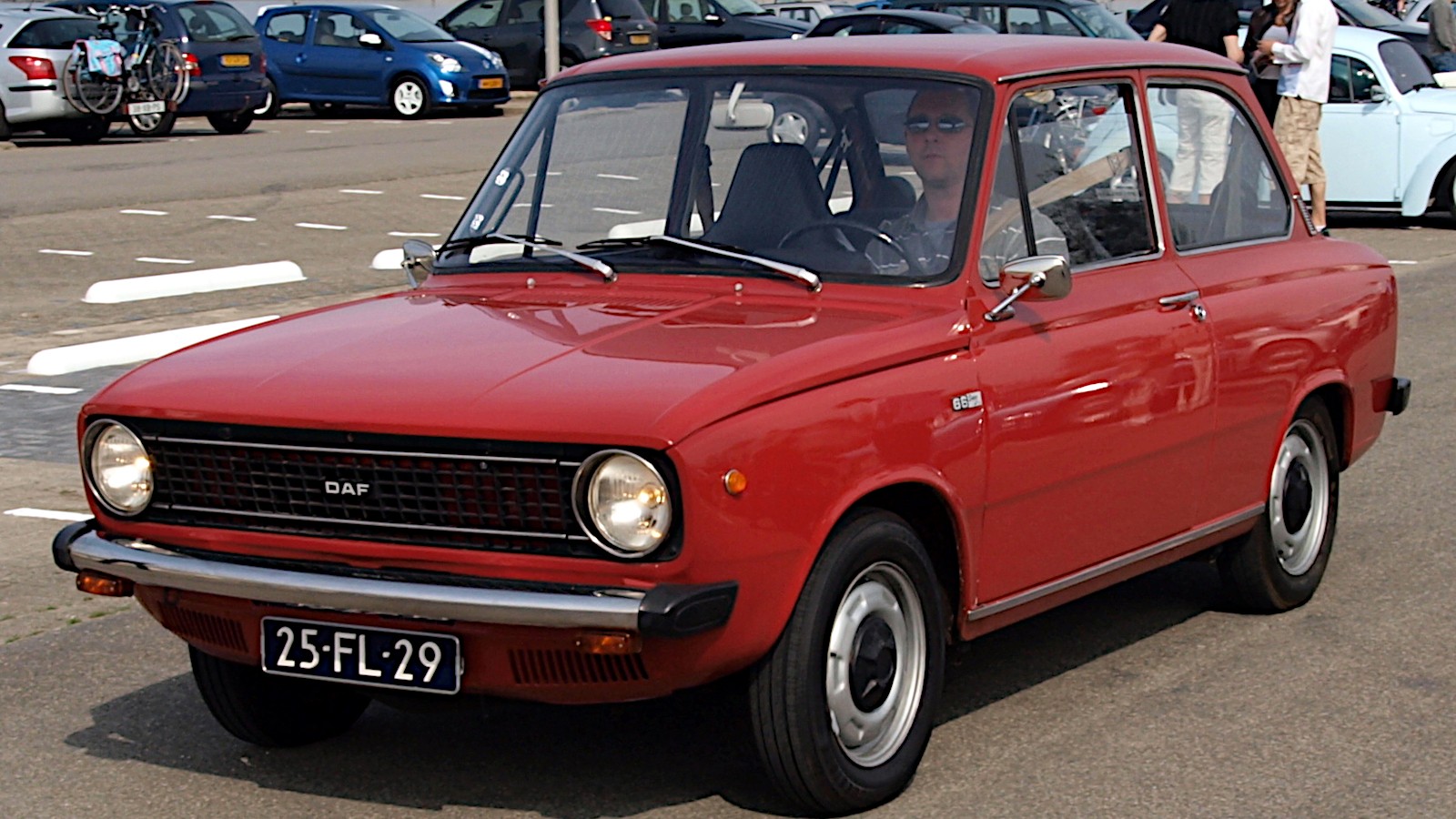 © AlfvanBeem/Public domain
© AlfvanBeem/Public domain -
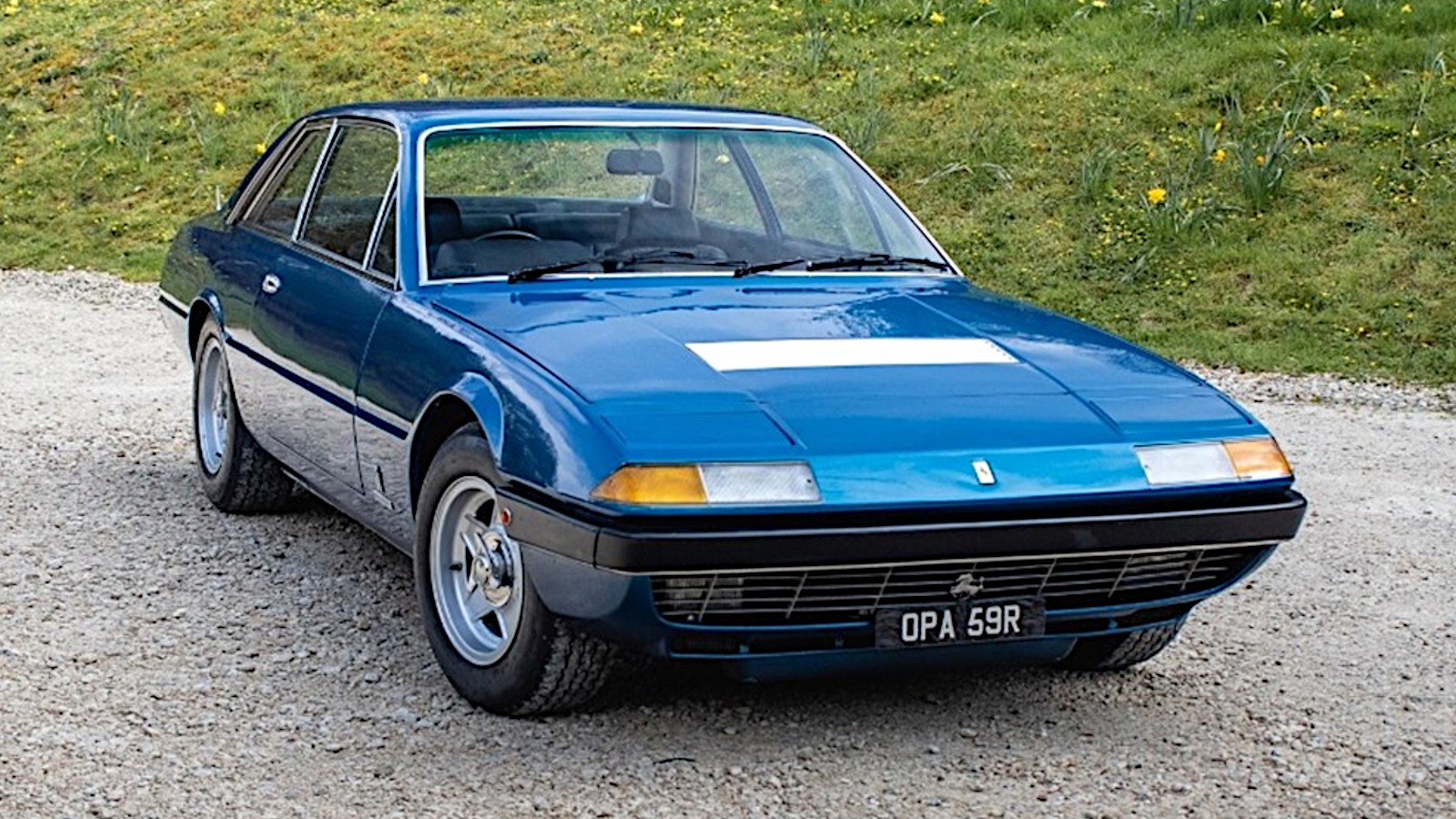 © Historics Auctioneers
© Historics Auctioneers -
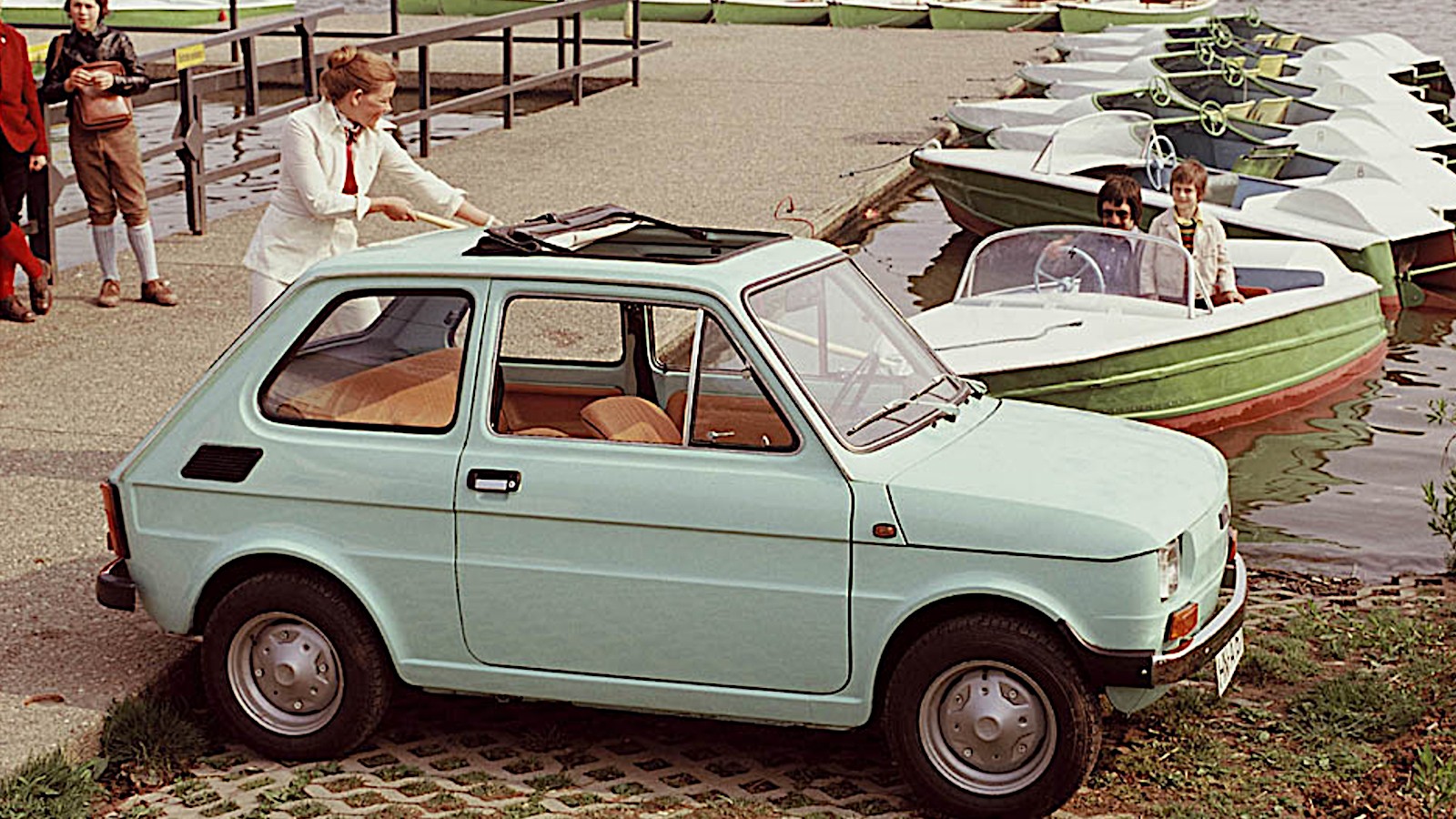 © Fiat
© Fiat -
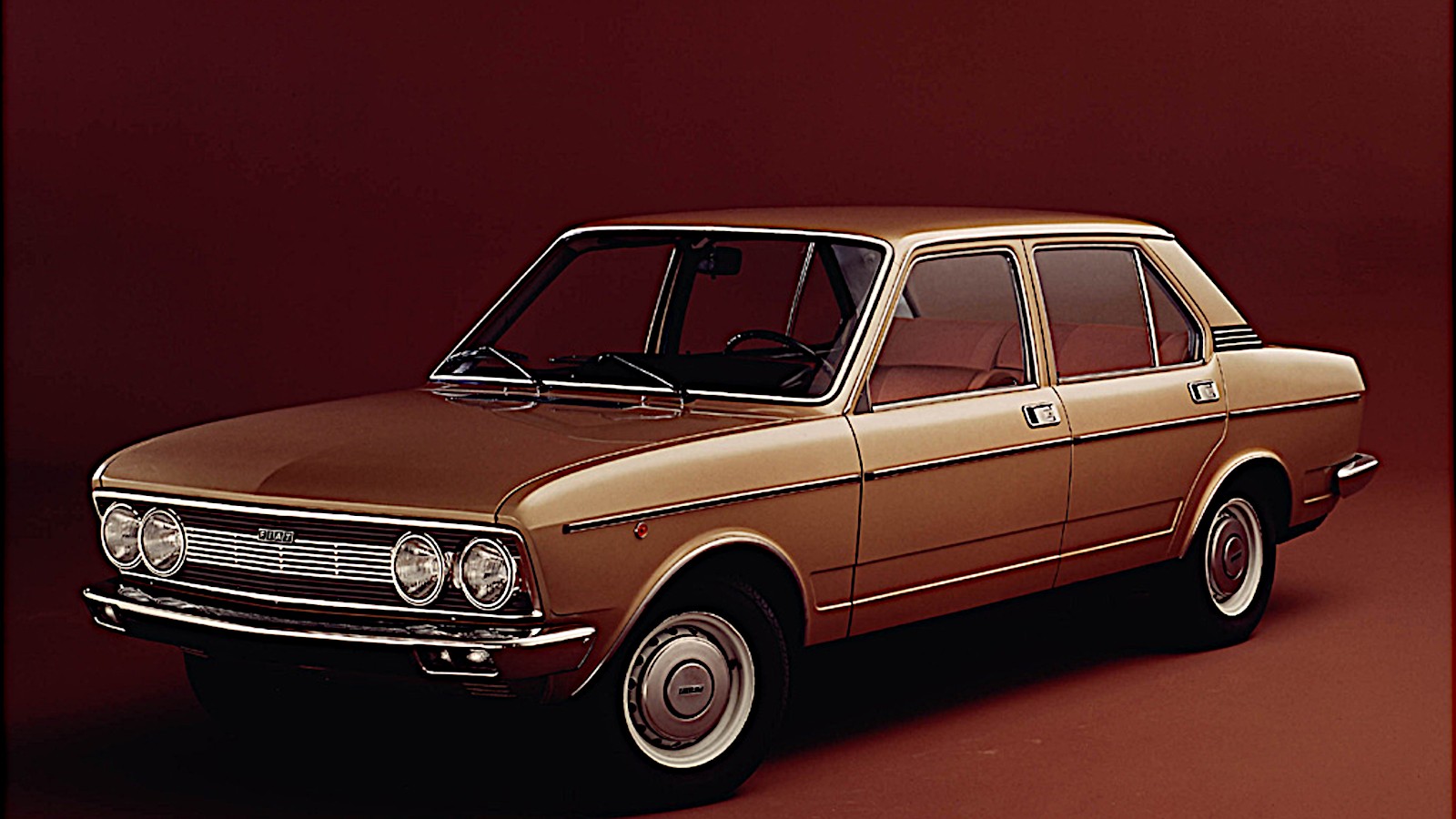 © Fiat
© Fiat -
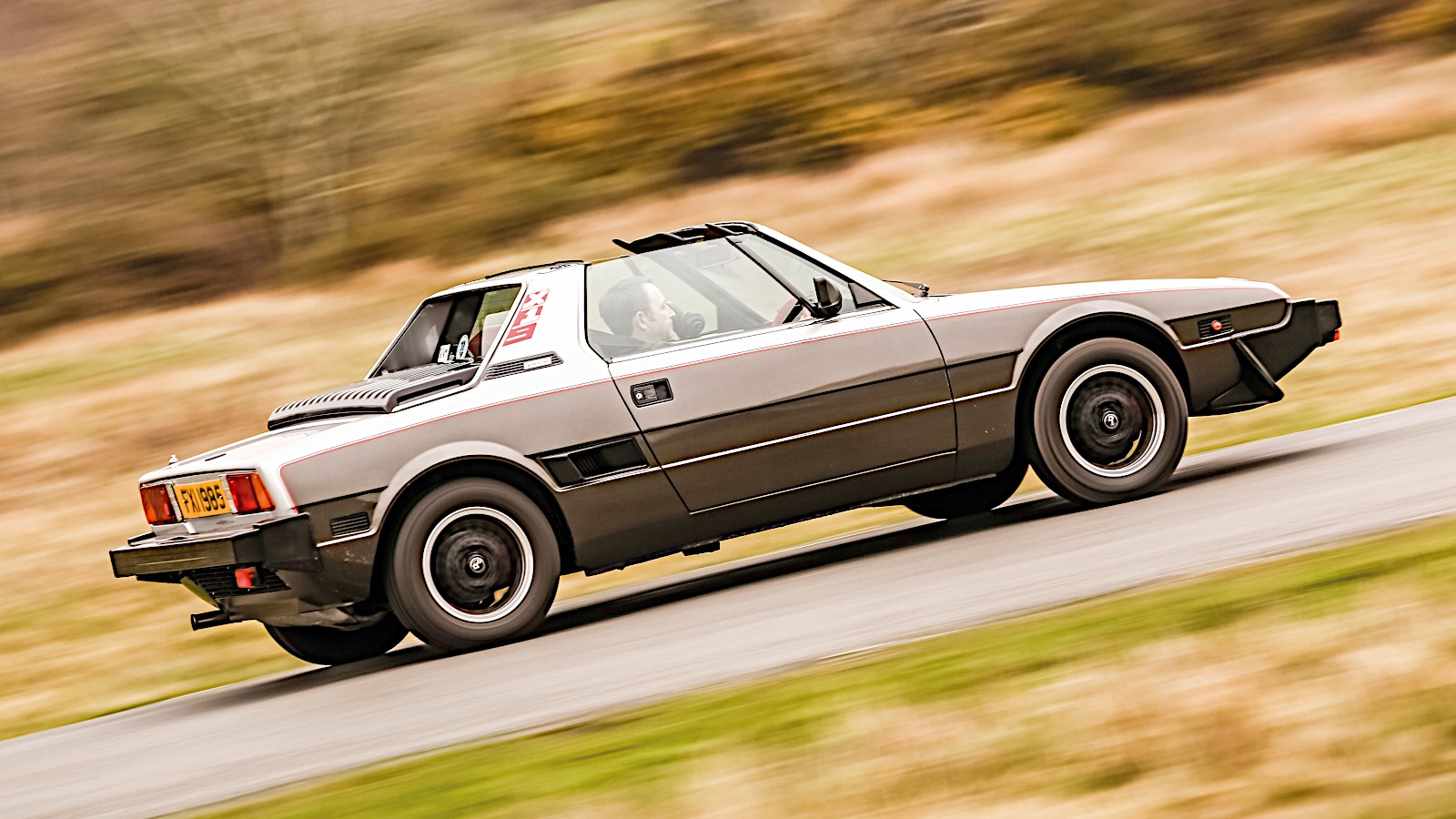 © Tony Baker/Classic & Sports Car
© Tony Baker/Classic & Sports Car -
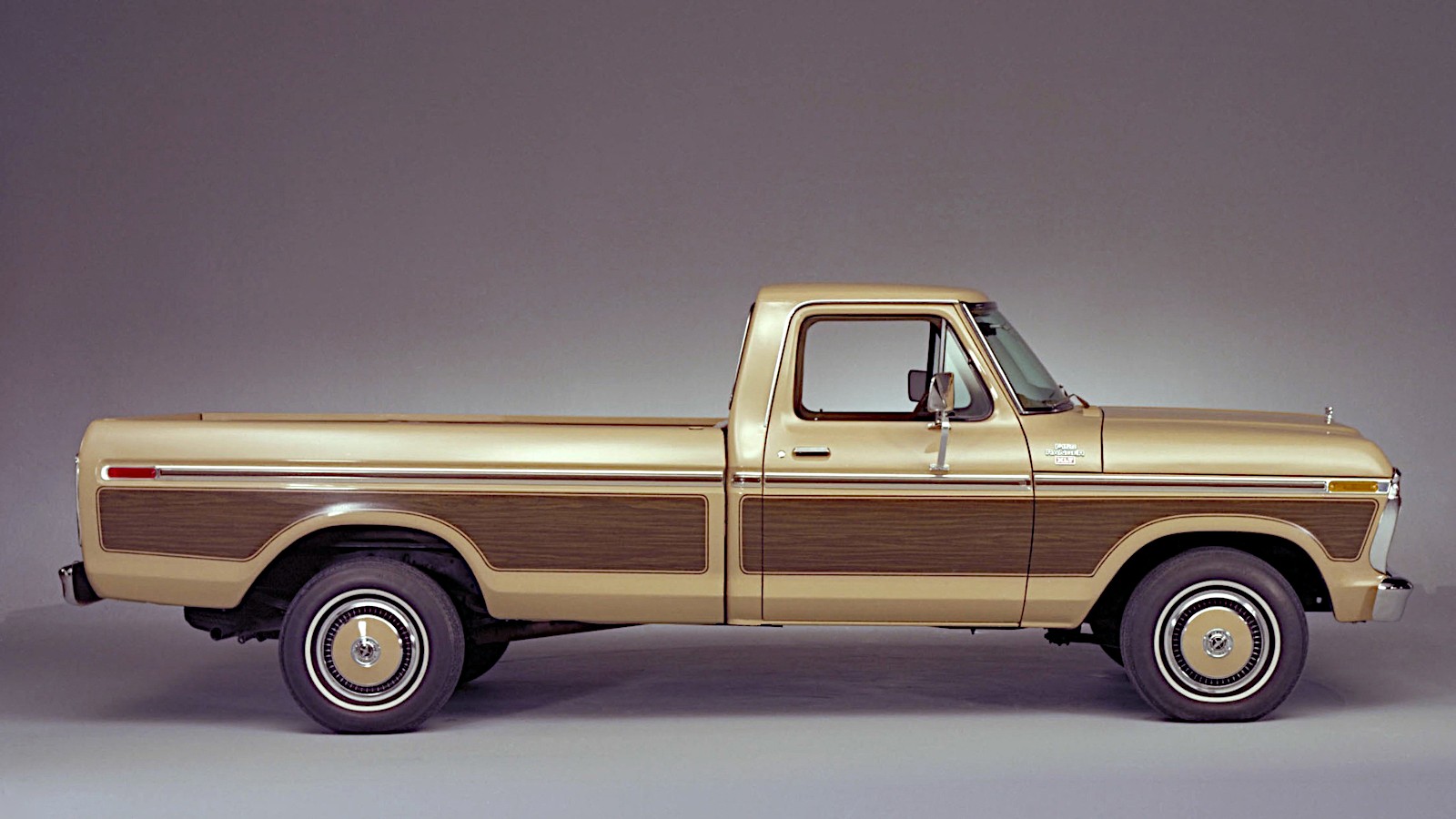 © Ford
© Ford -
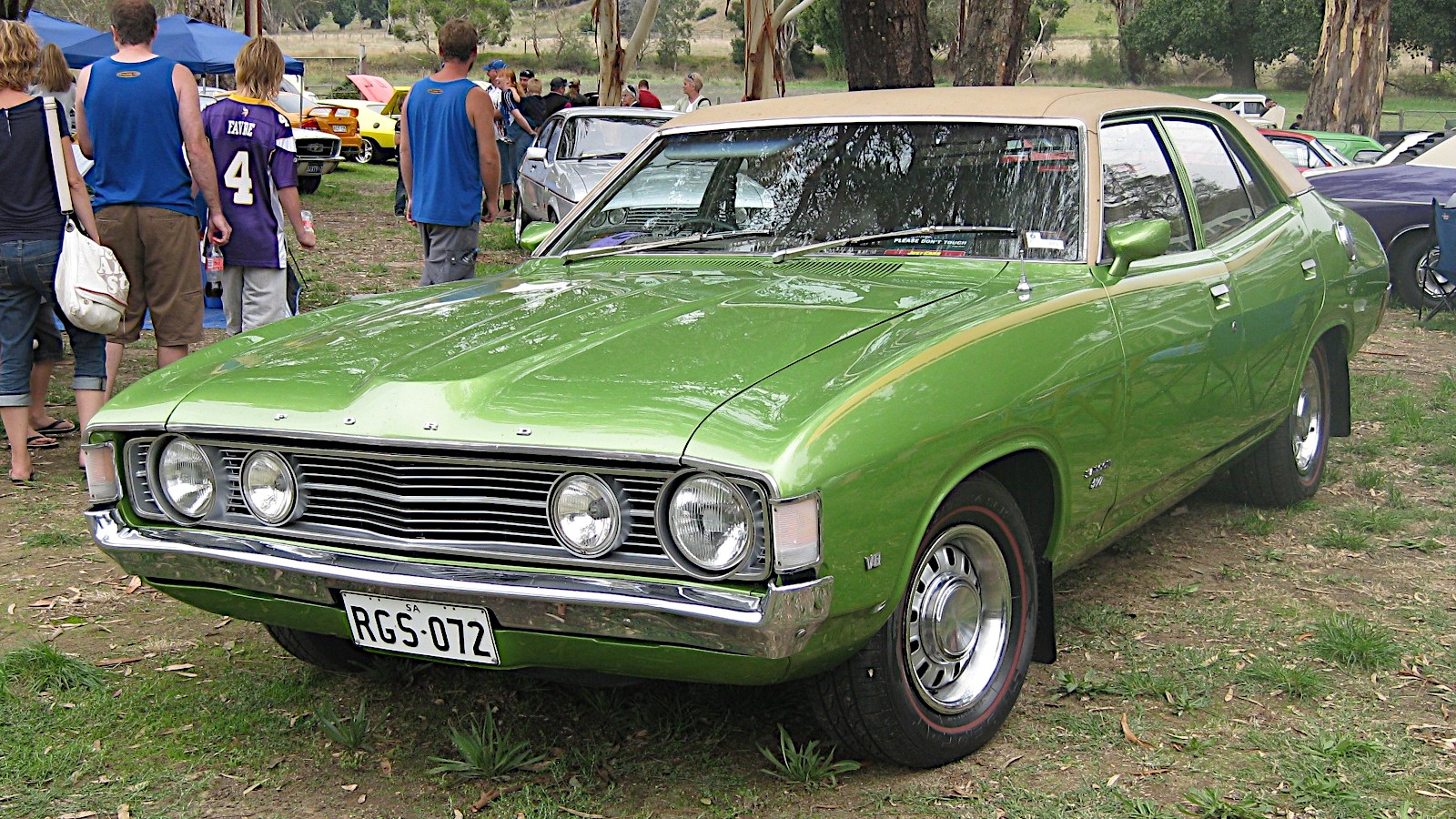 © GTHO/Creative Commons https://creativecommons.org/licenses/by-sa/3.0/legalcode
© GTHO/Creative Commons https://creativecommons.org/licenses/by-sa/3.0/legalcode -
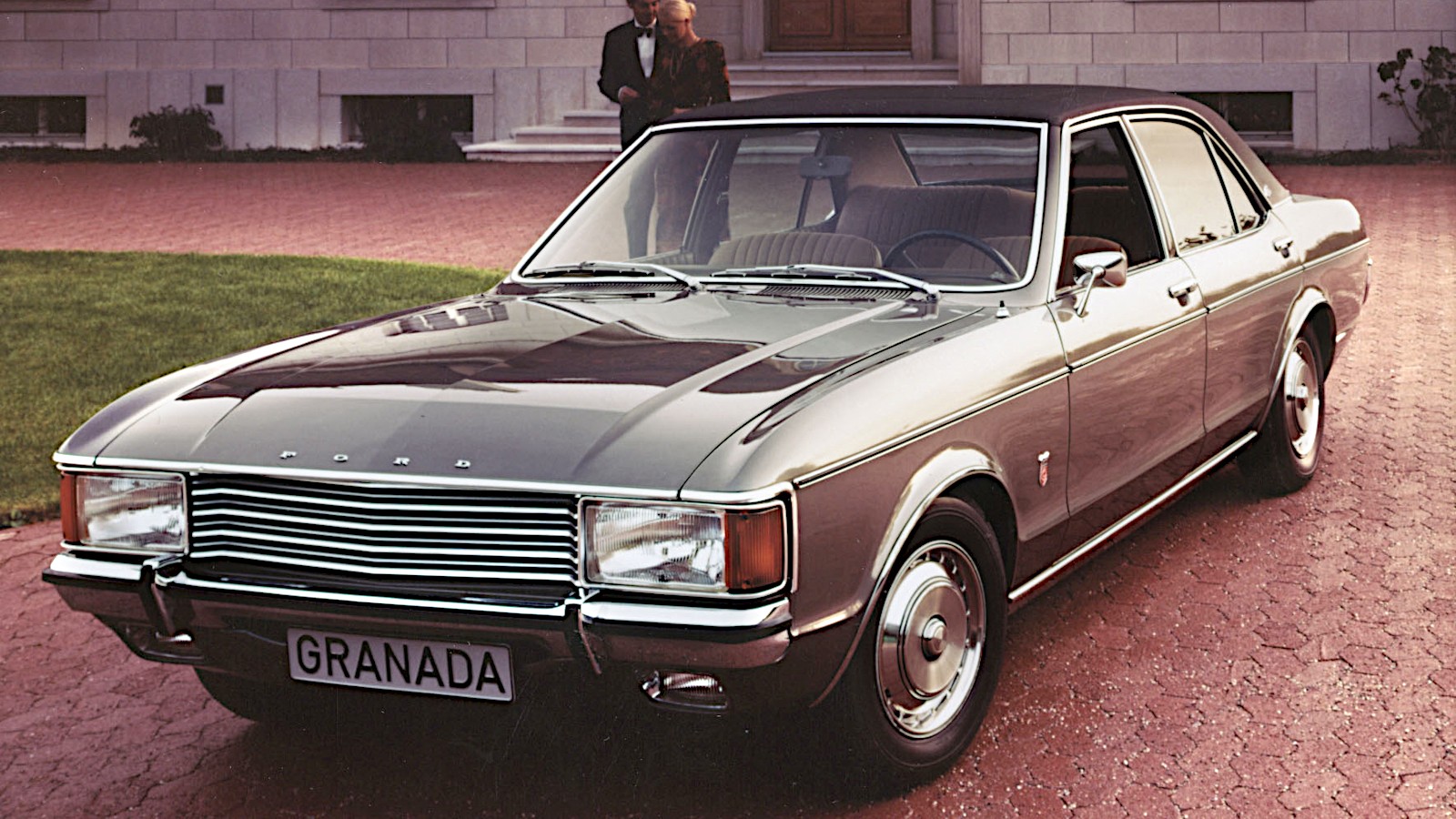 © Ford
© Ford -
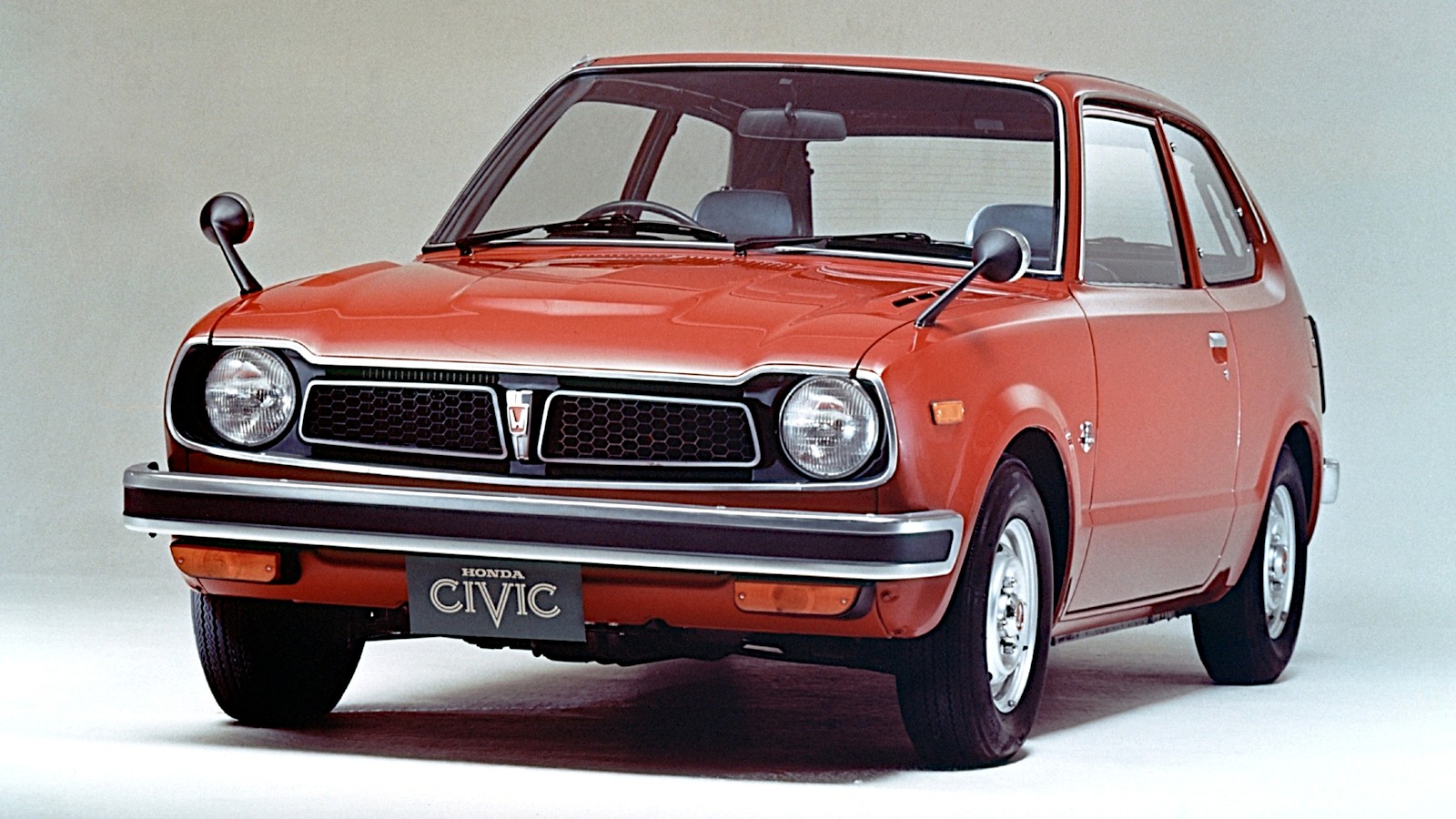 © Honda
© Honda -
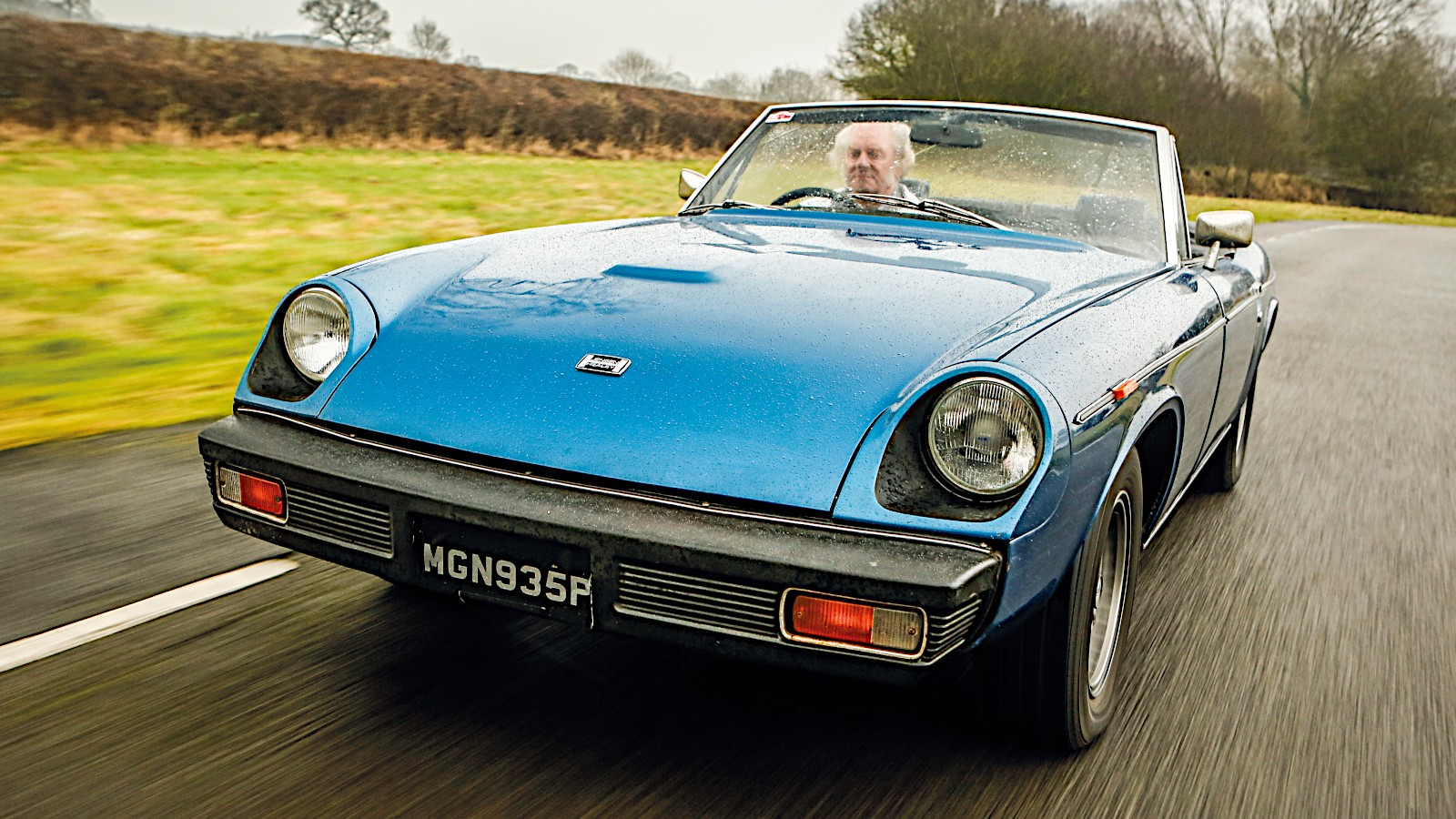 © Classic & Sports Car
© Classic & Sports Car -
 © Classic & Sports Car
© Classic & Sports Car -
 © The Market by Bonhams
© The Market by Bonhams -
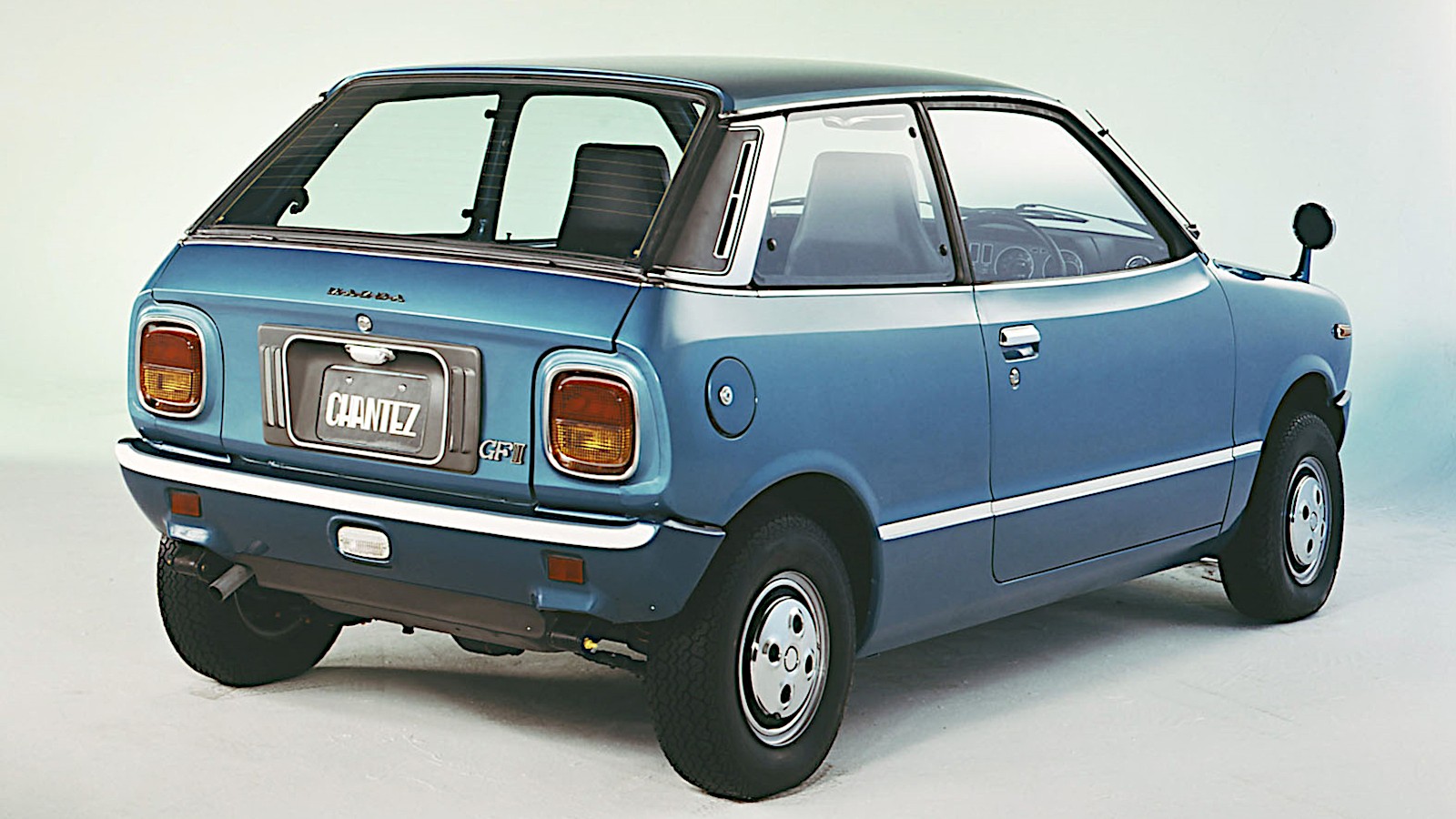 © Mazda
© Mazda -
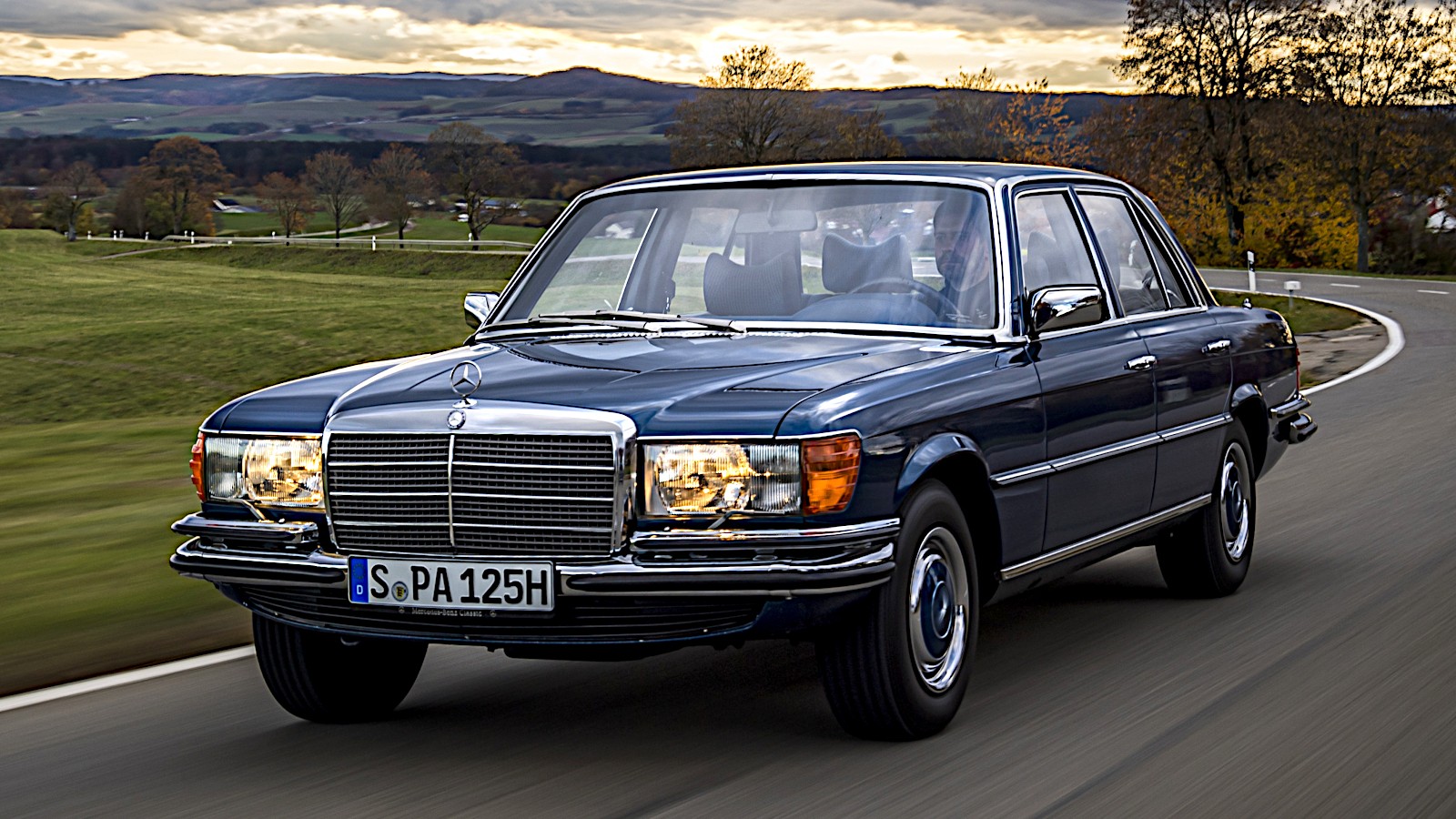 © Daimler
© Daimler -
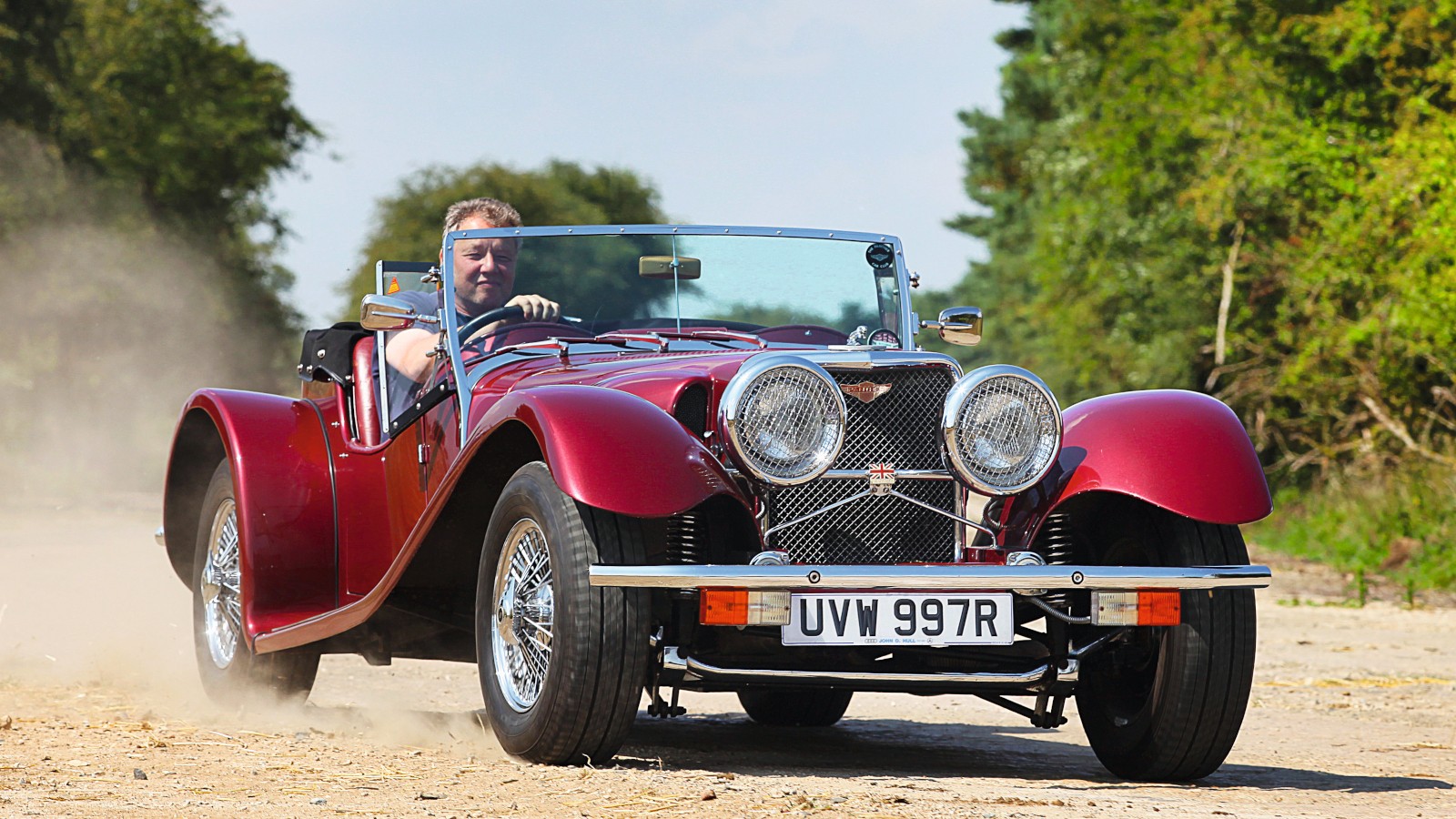 © James Mann/Classic & Sports Car
© James Mann/Classic & Sports Car -
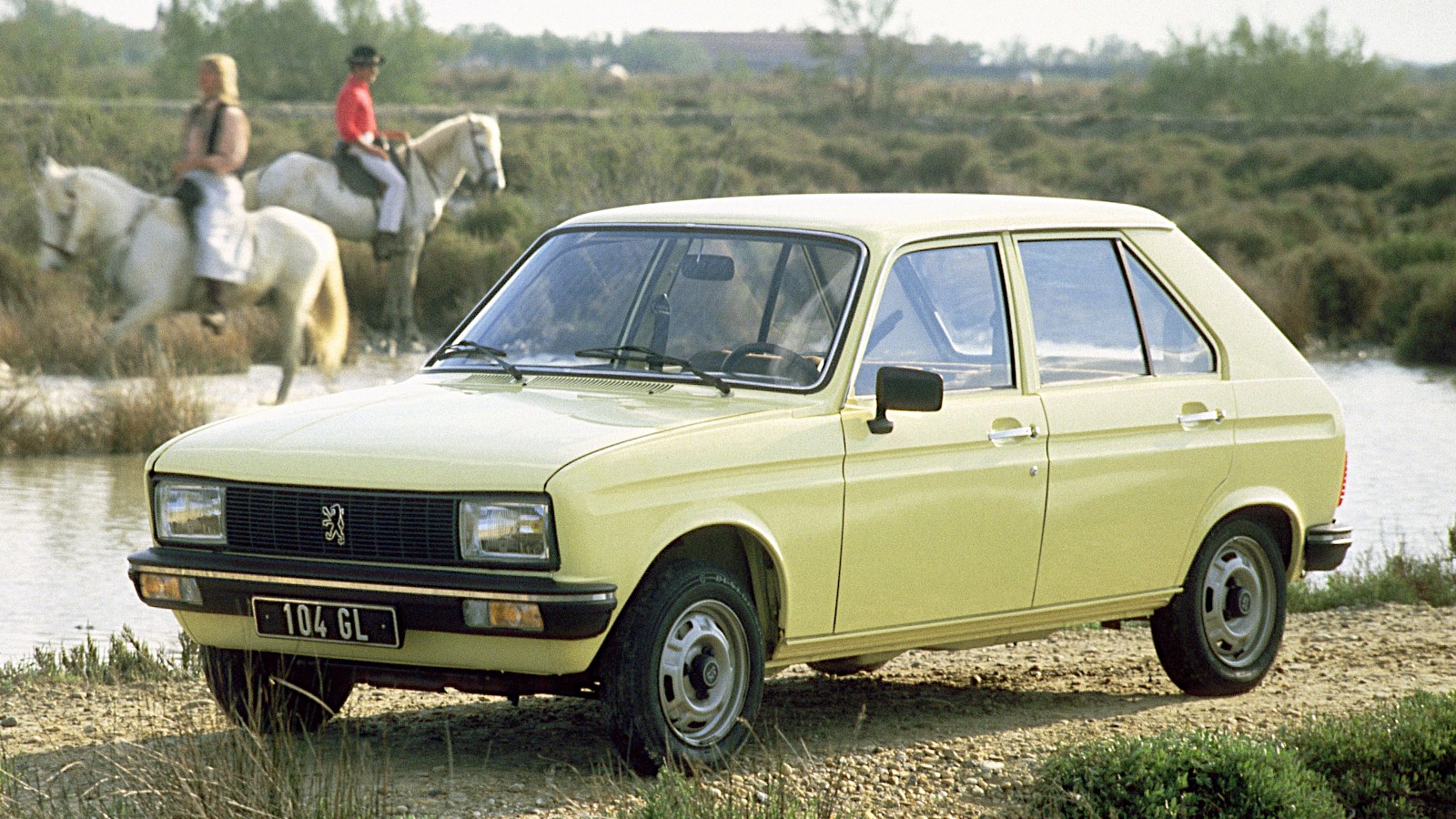 © Peugeot
© Peugeot -
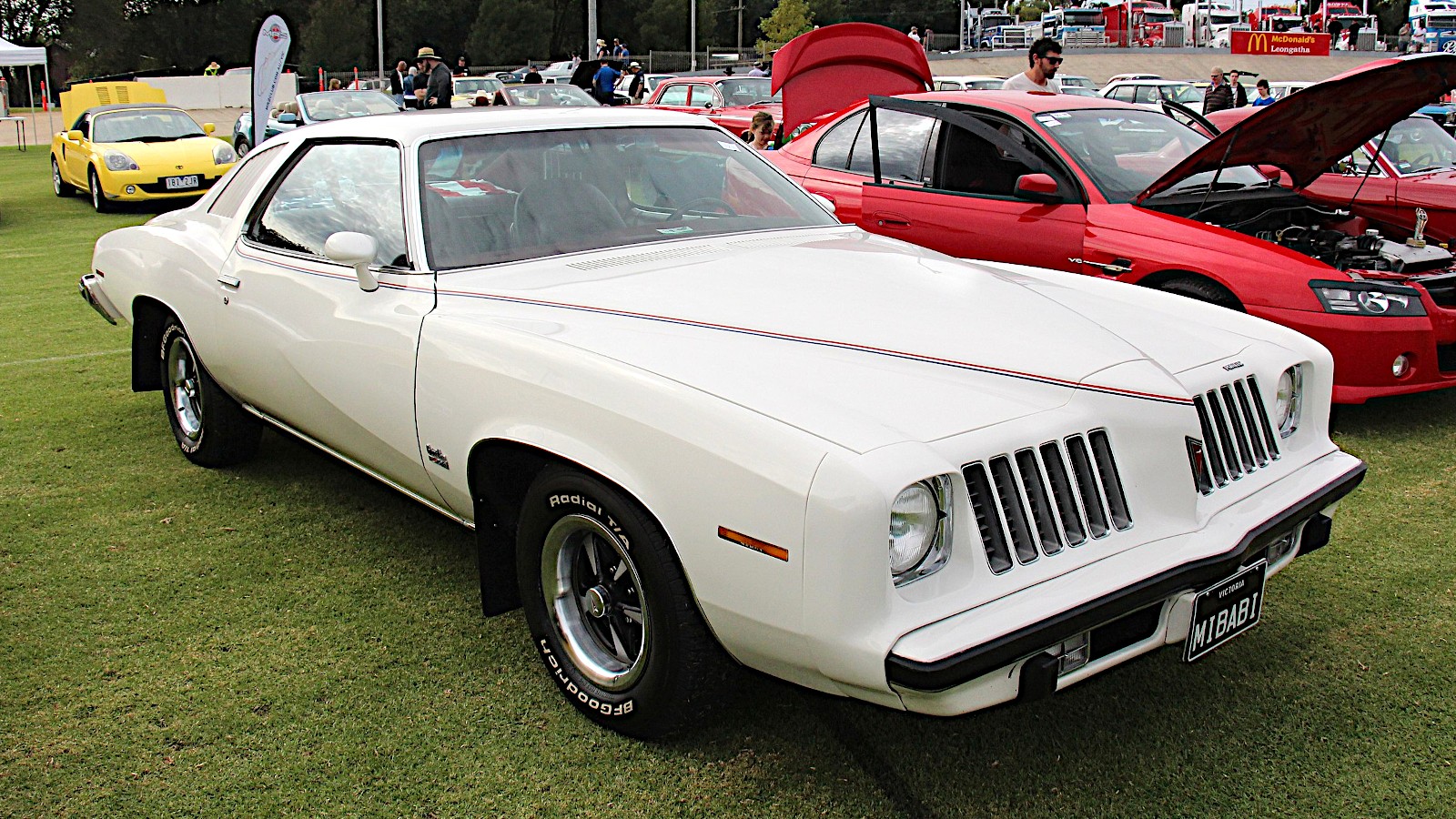 © Sicnag/Creative Commons https://creativecommons.org/licenses/by/2.0/legalcode
© Sicnag/Creative Commons https://creativecommons.org/licenses/by/2.0/legalcode -
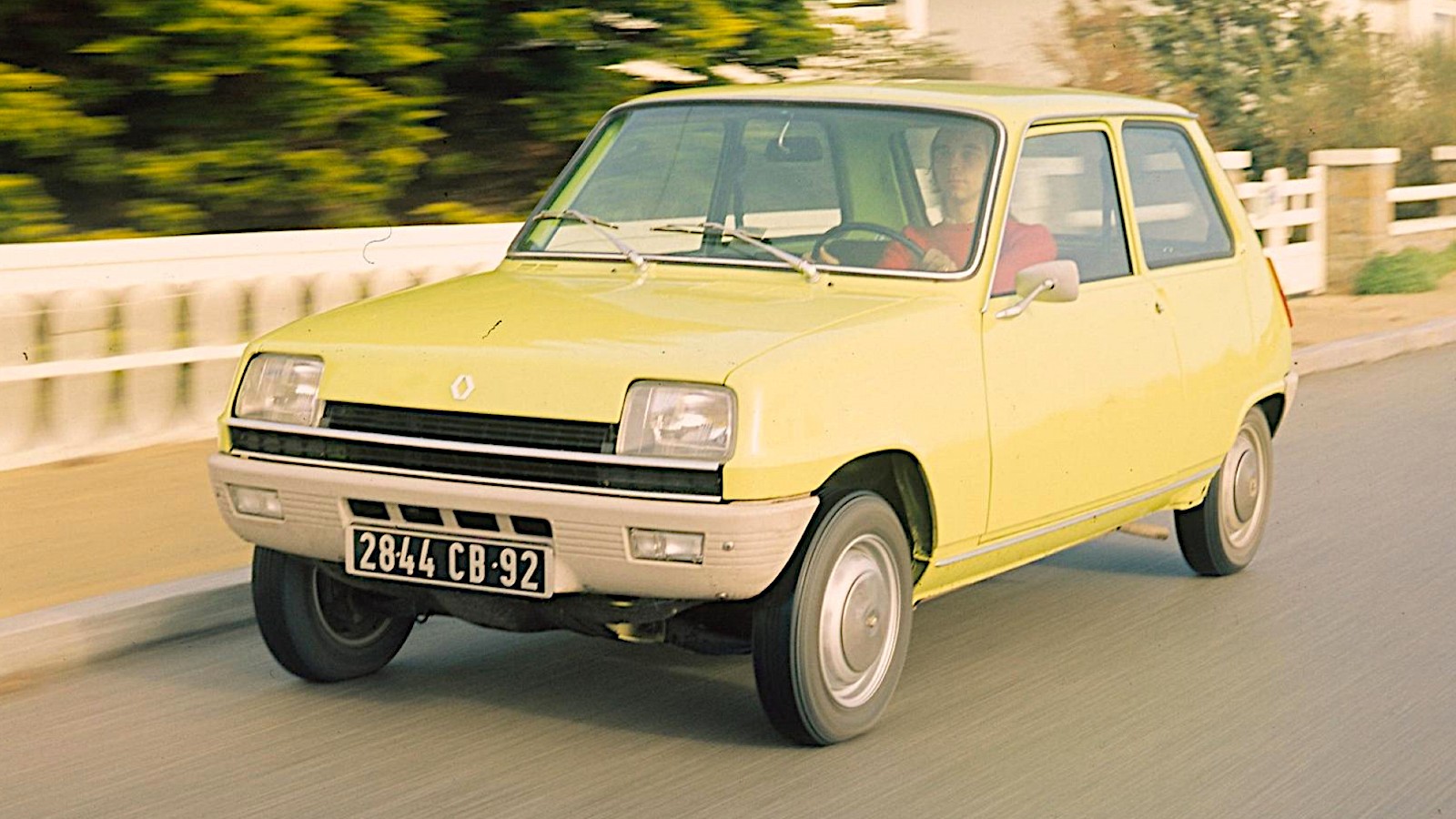 © Renault
© Renault -
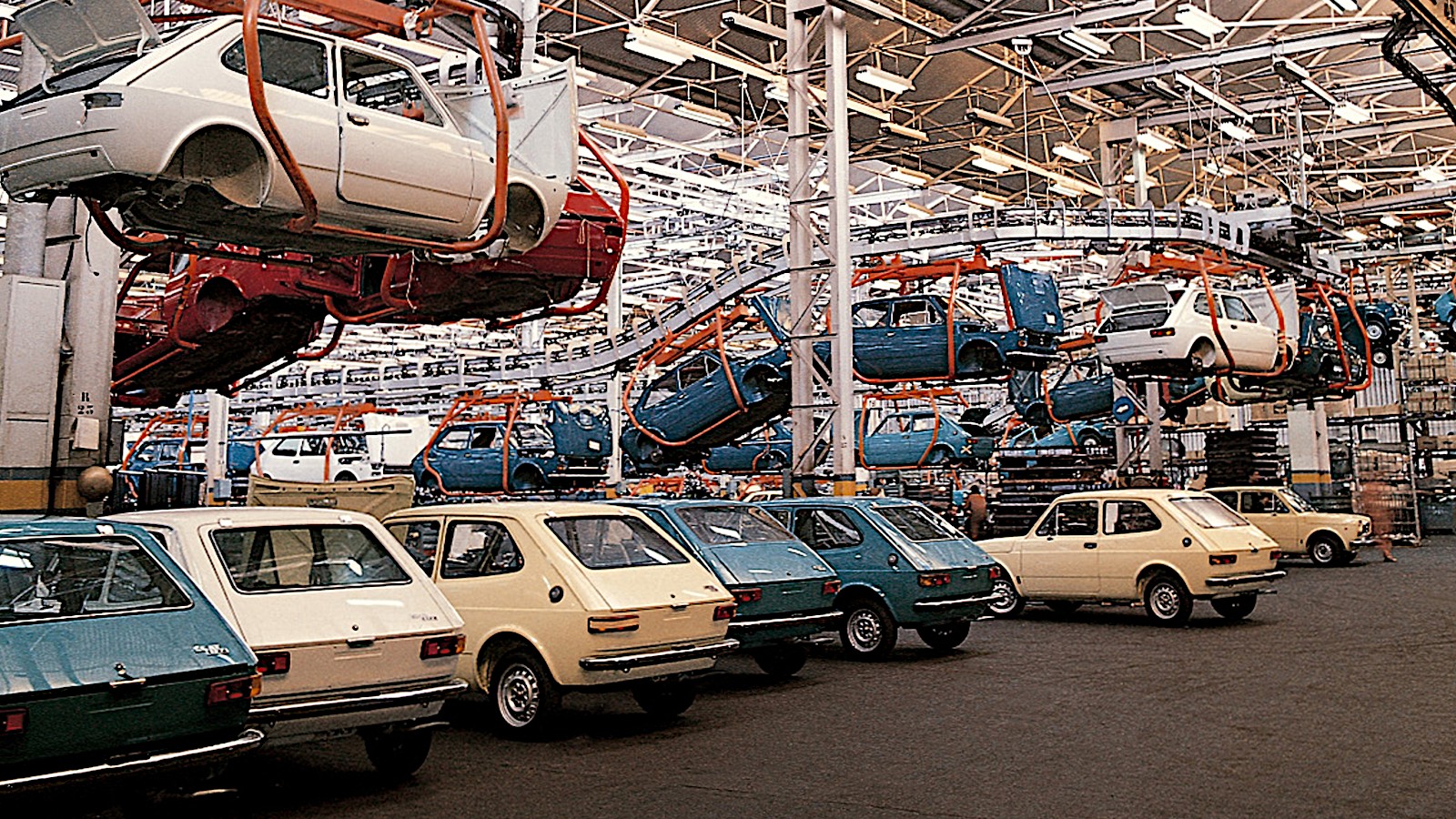 © Seat
© Seat -
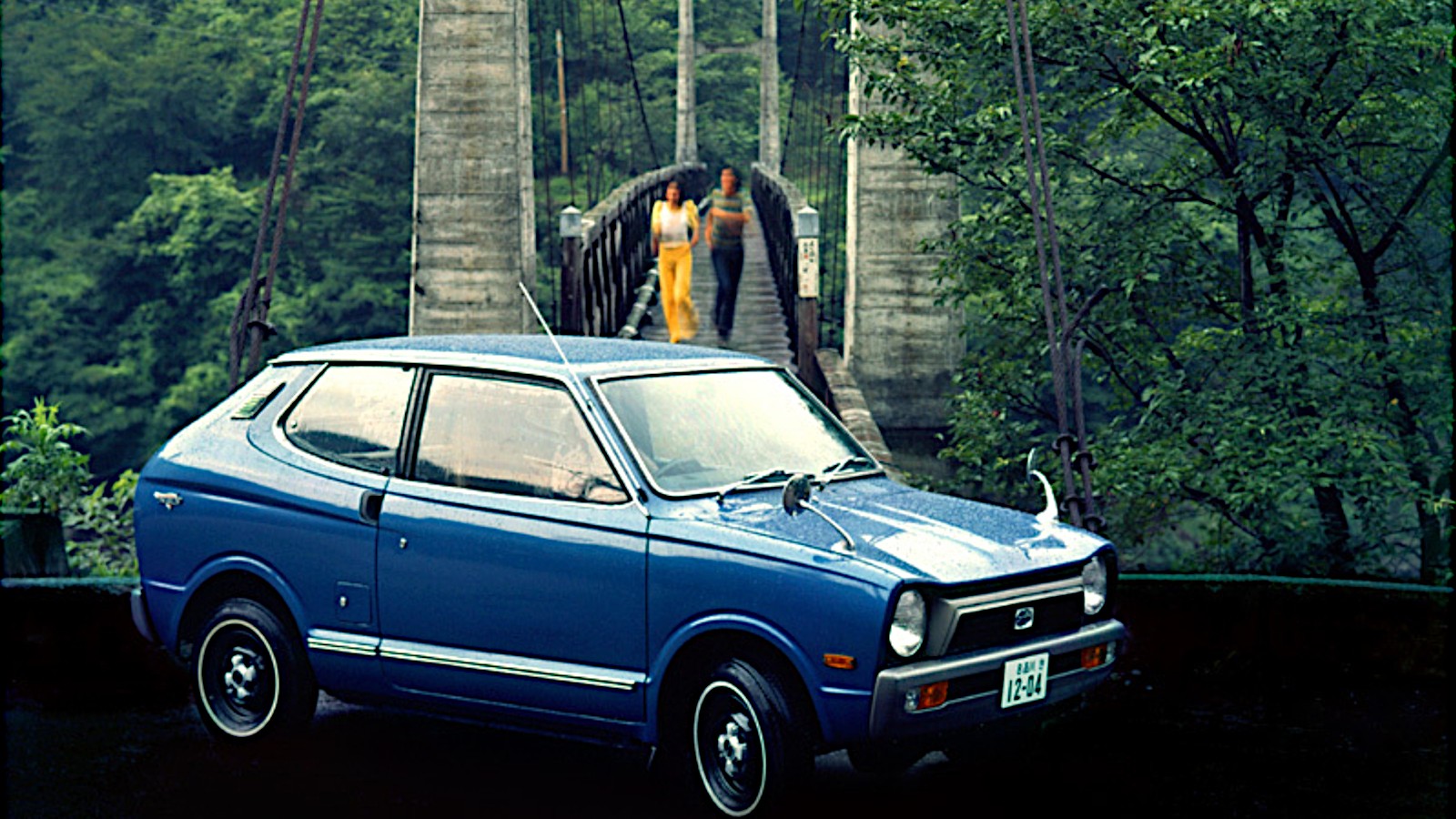 © Subaru
© Subaru -
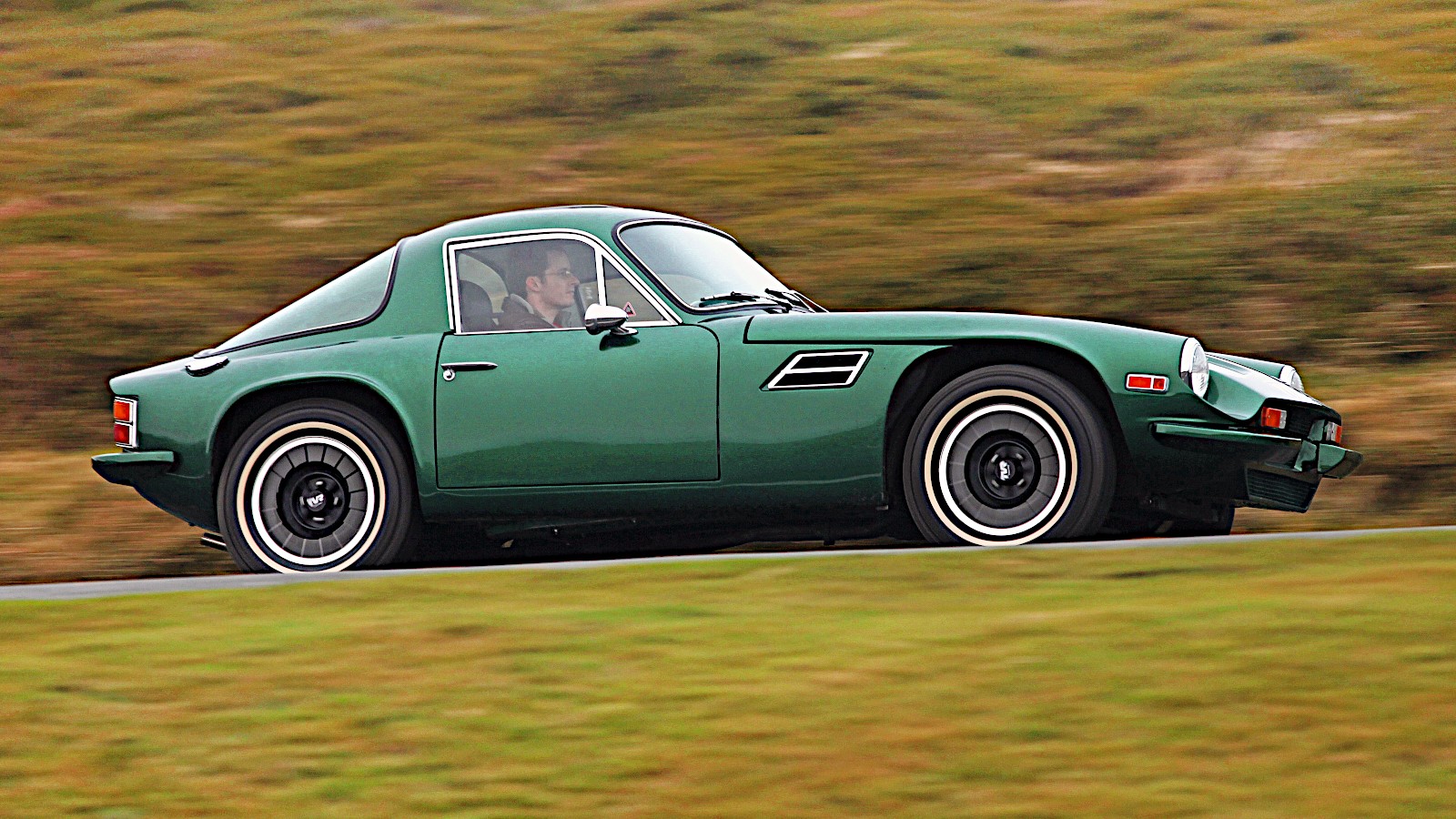 © James Mann/Classic & Sports Car
© James Mann/Classic & Sports Car -
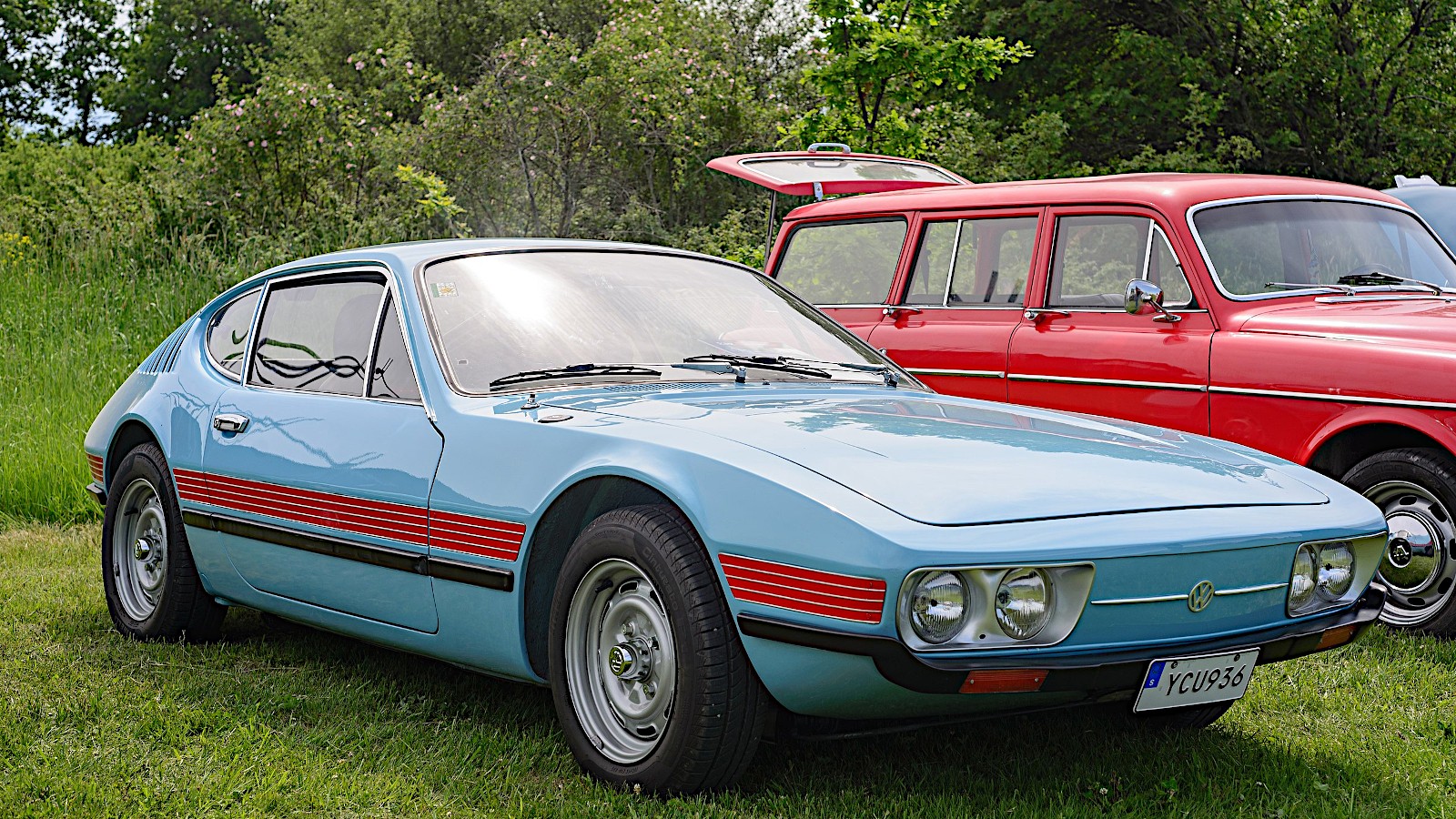 © Arild Vågen/Creative Commons https://creativecommons.org/licenses/by-sa/4.0/legalcode
© Arild Vågen/Creative Commons https://creativecommons.org/licenses/by-sa/4.0/legalcode
-
Rewinding 50 years
Half a century ago, the motoring world took a significant step forward.
Manufacturers around the planet brought out new models which, in many cases, were far more impressive than their immediate predecessors.
Others had less of an impact, of course, but you can’t win them all.
Here we take a look at 29 cars which made their debuts in 1972, listed in alphabetical order.
-
1. Alfa Romeo Alfetta
Named after the most successful car to compete in the first two seasons of the Formula One World Championship, the Alfetta was a saloon powered by Alfa Romeo’s famous Twin Cam engine.
Alfa was so keen on making the weight distribution as near optimal as possible that it put the gearbox at the back of the car. Another intriguing feature was De Dion rear suspension.
The coupé derivative, introduced in 1974, was known variously as the GT or GTV.
-
2. Aston Martin AMV8
The AMV8 was a reworking of the earlier DBS V8. Its name no longer included the initials of previous company owner David Brown, who sold up in January 1972.
The 5.3-litre V8 engine was carried forward, and retained Bosch mechanical fuel injection until August 1973, when Aston replaced it with a quartet of twin-choke Weber carburettors.
There was a further switch to Weber Marelli fuel injection in 1985, four years before the AMV8 came to the end of its long production life.
-
3. Audi 80
The original Audi 80 was one version of the DKW-designed F103, the first post-war car to wear an Audi badge.
In 1972, the 80 became a model in its own right. Developed in the early days of Volkswagen ownership, the new car was mechanically similar to the slightly later VW Passat.
Production continued until 1978, when a second 80 based on a new platform came along.
-
4. BMW 5 Series
The first of what have become seven generations – so far – of the 5 Series was the successor to the Neue Klasse (‘new class’) saloons which had been in production for over a decade.
At first, the car was offered only with a two-litre four-cylinder engine, but straight-sixes were later added to the range.
The most powerful of these was the 3.5-litre unit fitted to the M535i, the spiritual ancestor of the later M5 models.
-
5. Buick Regal
The first Buick to carry the name Regal was a personal luxury coupe derivative of the Century.
Introduced in late 1972 for the 1973 model year, it was usually powered by a 5.7-litre V8 engine, though a 7.5-litre V8 and a 3.8-litre ‘six’ were also offered.
During this Regal’s lifetime, rising fuel prices significantly affected customer demand in North America. The second-generation Regal of 1978 was therefore considerably smaller, and several hundred pounds lighter, than the first.
-
6. Chevrolet Chevelle Laguna
The top model in the Chevy Chevelle range was based on the same GM A-body platform as the Buick Regal, among other vehicles.
As if positive press reviews weren’t enough, the Laguna’s reputation was enhanced still further by the performances of race versions in NASCAR.
Benny Parsons won the NASCAR drivers’ title in 1973, the car’s first full year of production, while Cale Yarborough did the same in 1976 and 1977.
Thanks to the Laguna, Chevrolet won the manufacturer’s championship almost every year during this period, losing out to Dodge only in 1975.
-
7. Chevrolet LUV
This compact pick-up truck, whose initials stood for ‘light utility vehicle’, was a Chevrolet in name only.
It was really a first-generation Isuzu Faster imported in almost complete form from Japan and adorned with Chevy badges.
At first, it was available only with a 75bhp 1.8-litre engine and rear-wheel drive. Slightly more power and four-wheel drive were added late in the production run, by which time North American buyers were beginning to hope for something better.
-
8. DAF 66
The 66 was a development of the 55, which Dutch company DAF had launched in 1967.
The Renault engine and Variomatic continuously variable transmission (the only kind DAF ever used in its cars) were carried over, but the change from swing axles to a De Dion tube at the rear was a welcome development.
The sale of DAF’s car business to Volvo led to the 66 being reworked and sold with Volvo badging from 1975.
-
9. Ferrari 365GT4 2+2
Although the GT4 2+2 shared the front-mounted 4.4-litre Colombo V12 engine with its predecessor, the short-lived 365GTC/4, it looked completely different.
The 1960s shape of the earlier car was replaced by a fashionably sharp-edged look suitable for the new decade.
The 1972 model also featured more rear-seat room – not usually a priority in Ferraris but certainly important in a grand tourer.
The name was used for only four years, but the car itself evolved into the 400 and then the 412, which remained on the market until 1989.
-
10. Fiat 126
Fiat had a busy time in 1972, launching three dramatically different models.
The smallest, cheapest and longest-lived was the 126, intended as a replacement for the 500 (which nevertheless remained in production for a further three years).
Exceptionally popular in Poland, the 126 had a very long run. The last examples were built in 2000, 28 years after the first.
-
11. Fiat 132
As different from the 126 as could be imagined, the 132 was the replacement for the 1960s 125, and took over as the top model in Fiat’s range when the 130 was discontinued in the mid ’70s.
Eventually powered by a wide variety of petrol and diesel engines measuring between 1.6 and 2.5 litres, the 132 was heavily updated in 1981 and renamed Argenta.
-
12. Fiat X1/9
The X1/9 was a mid-engined two-seater with a charming body designed by Bertone, which took over production after 10 years.
Its engine had first appeared in the Fiat 128, and was offered initially in 1.2- and later in 1.5-litre forms.
At a time when all other Fiats were given three-digit model names, this one uniquely went into production retaining its prototype code.
‘X1’ denotes a passenger vehicle, while the ‘9’ simply meant that it was the ninth car developed under that naming system. In Italian, the name is pronounced ‘icsunonove’.
-
13. Ford F-Series
The sixth generation of Ford’s immensely popular pick-up truck went on sale near the end of 1972.
In 1975, Ford introduced a ‘heavy half-ton’ derivative known as the F150.
With an additional hyphen, F-150 is now the name used for all F-Series trucks intended for passenger rather than commercial use.
-
14. Ford Falcon XA
The third-generation Australian Falcon was the first developed largely in its home country, rather than being simply a locally built version of the North American car.
XA refers to the model sold in 1972 and 1973. A facelift prompted a change of name to XB.
The car was modified again and renamed XC. The XD of 1979, which strongly resembled the contemporary European Ford Granada, represented the start of a new generation.
-
15. Ford Granada
The Granada was the replacement for Ford’s largest European car, the Zephyr.
It was sold in many markets with a wide variety of engines ranging from a 1.7-litre V4 to a 5.0-litre V8. Less powerful models were given the old Ford name Consul.
The Granada name caused some controversy. Granada Group (now part of ITV) went to court over it, but the judge ruled in Ford’s favour.
-
16. Honda Civic
The failure of the air-cooled 1300 led Honda to a revolution in the way the company designed its cars.
The Civic represented a major step forward. It was a hatchback (unusually for a Japanese car) with a new 1.2-litre engine and all-round independent suspension.
Despite a tendency to rust, it was a big success around the world, and was largely responsible for Honda becoming a major player in the global car industry.
-
17. Jensen-Healey
After the association with Austin had run its course, Healey firmed up an existing relationship with a smaller British company, Jensen, of which Donald Healey was appointed Chairman in 1970.
The result of this was the Jensen-Healey, a smart-looking two-seat convertible with a 2.0-litre Lotus engine.
It was a promising car (and successful in US motorsport), but the long history of Jensen Motors was coming to an end, and the Jensen-Healey expired, along with the company that built it, in 1976.
-
18. Lancia Beta
The third Lancia to bear the name Beta was also the first car introduced by the company after it was taken over by Fiat in 1969.
In its 1972 form, it was a fastback saloon powered by Fiat Twin Cam engines of various sizes.
Lancia followed this up with a coupé, the Spider convertible and the HPE estate. The mid-engined Montecarlo was initially sold as a Beta, but was not closely related to the other cars.
-
19. Maserati Merak
Launched at a time when fuel economy was increasingly becoming a concern, the Merak was a derivative of the mid-engined Bora, fitted with a 3.0-litre version of the V6 originally developed for the Citroën SM rather than the Bora’s 4.7-litre V8.
Nearly half of all the Meraks ever built (830 out of 1817) were of this type. Maserati later added the lighter and more powerful Merak SS to the range.
A further development was the Merak 2000GT. Its engine was essentially the same V6, but reduced to 2.0 litres to make the car cheaper to tax in Italy.
-
20. Mazda Chantez
No other car manufacturer has shown such enthusiasm for the Wankel rotary engine for such a long period as Mazda.
It intended to use one in its new kei car of 1972, but rival manufacturers weren’t having that. The Chantez instead went to market with a 359cc two-cylinder two-stroke.
The maximum legal capacity for kei cars was raised to 550cc in 1976. Mazda took this opportunity to abandon the Chantez and leave the kei sector, which it did not return to for several years.
-
21. Mercedes-Benz S-Class
Although it had predecessors dating back 18 years, the new Mercedes luxury saloon of 1972 was the first to be known as S-Class.
In its first year, it was available with either a 2.8-litre straight-six engine or a 3.5-litre V8. Available capacities would eventually extend as far as 6.9 litres.
The 450SE, launched in 1973, was named Car of the Year in 1974, comfortably beating the Fiat X1/9 and Honda Civic into second and third places.
-
22. Panther J72
The first car produced by Panther Westwinds was a tribute to the SS Jaguar 100 of the mid-to-late 1930s.
Appropriately, customers were offered a choice of three post-war Jaguar engines – 3.8- and 4.2-litre versions of the XK straight-six, and the then-new 5.3-litre V12.
There’s a limited market for this sort of thing, but Panther was able to keep the J72 in production into the 1980s, building an estimated 376 examples.
-
23. Peugeot 104
Peugeot’s first example of what we would now call a supermini looked like a hatchback, but had a small boot opening below the rear window rather than a proper tailgate.
It did not become a hatchback until 1976, after Peugeot had introduced a short-wheelbase coupé.
At first, the only available engine measured just 954cc. Larger motors became available during the production run.
The 104 partially gave way to the larger, more modern 205 in 1983, but Peugeot continued to build it for several years after that. It was also the basis of the later Citroën LN and Talbot Samba.
-
24. Pontiac Grand Am
The Grand Am was another car based on the General Motors A-body platform, though its distinctive nose made it look very different from its close relatives.
Pontiac had noticed that while European manufacturers were selling cars which were both luxurious and sporting, American models of the same class were either one or the other.
The Grand Am combined both features, but it came at the wrong time. The global oil crisis which closely followed its introduction was bad news for a car powered by a V8 engine available in 6.6- or 7.5-litre capacities.
Pontiac abandoned the car after 1975. A slightly later replacement of the same name was noticeably smaller and less powerful.
-
25. Renault 5
The 5 was the first small Renault hatchback with unibody construction, and it transformed the company’s fortunes in this sector of the market.
Mounting the engine longitudinally behind the gearbox, though common practice for Renault at the time, wasn’t exactly state-of-the-art even in 1972, but that didn’t stop the 5 becoming a very big seller.
Nearly all 5s were front-wheel drive, but Renault also produced two generations of the mid-engined 5 Turbo, which performed well (though not well enough against the four-wheel-drive opposition) in international rallying.
-
26. Seat 127
Fiat’s innovative 127 supermini made its debut in 1971.
Since Seat had been building Fiats under licence since the early 1950s, it was inevitable that a Spanish version would soon follow.
Sure enough, the Seat 127 made its debut in 1972. The two cars followed similar development paths until the Seat/Fiat link was broken 10 years later.
At around that point, Seat went its own way with development, and relaunched the car as the Fura.
-
27. Subaru Rex
Subaru replaced its ageing 360 and short-lived R2 kei cars with the more modern-looking Rex in 1972.
Its rear-mounted 356cc two-stroke engine was swapped late the following year for a more refined, though less powerful, 358cc four-stroke.
The Rex continued in this form until the kei car regulations were updated in 1976. Subaru responded to the change by making the car longer and wider, and giving it a larger engine.
-
28. TVR M-Series
TVR’s M-Series cars replaced the 1960s Vixen and Tuscan, though the body styling was only slightly altered.
The more characteristic power units in the range were the 2500M’s 2.5-litre straight-six Triumph engine and the 3000M’s 3.0-litre Ford Essex V6.
For less wealthy buyers, and those concerned about rising fuel prices, TVR also offered the 1600M, which was powered by the 1.6-litre Ford Kent.
Hatchback and convertible derivatives were added to the range before it was replaced by the very different-looking Tasmin in 1980.
-
29. Volkswagen SP2
Almost unknown outside its home market, the SP2 was developed by Volkswagen’s Brazilian division.
Based on the VW Type 3 (usually sold as the 1500 or 1600, depending on engine size) it was an attractive sports car, but suffered from having less power than it looked like it ought to.
Just over 10,000 examples are believed to have been built, most of them sold locally. Production was suspended early in 1976.
